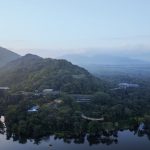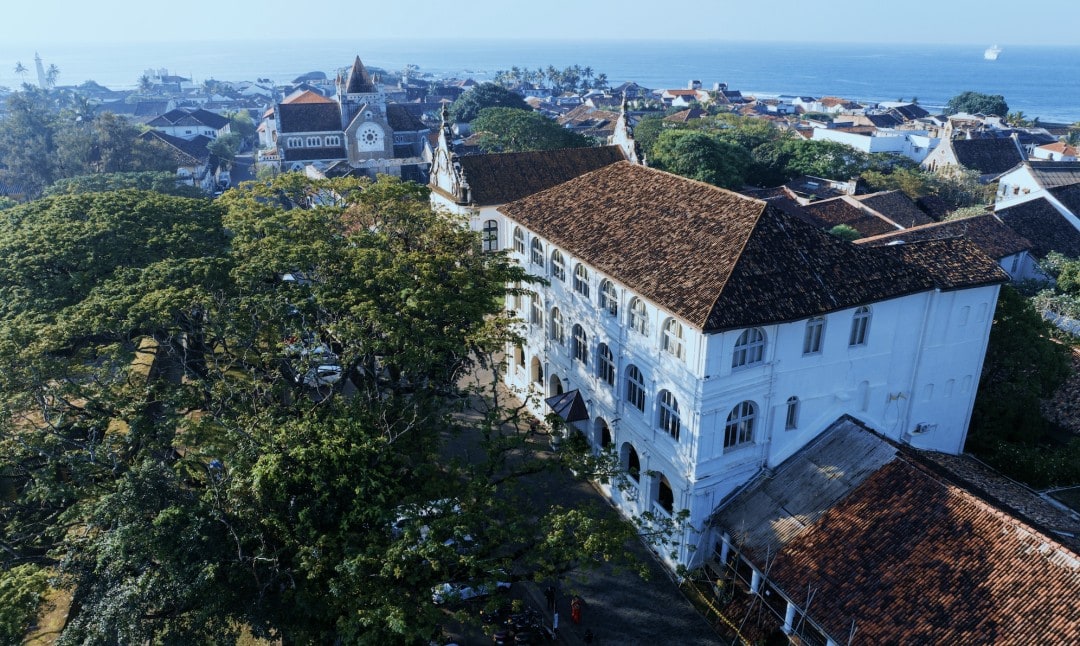
Sri Lanka is too famous, with 8 UNESCO World Heritage Sites (6 cultural, 2 natural), 13 national parks, and 52 nature reserves…
There are ancient cities, ruins, tea plantations, surfing, rafting, and even safari hunting. The options for fun are exceptionally high.
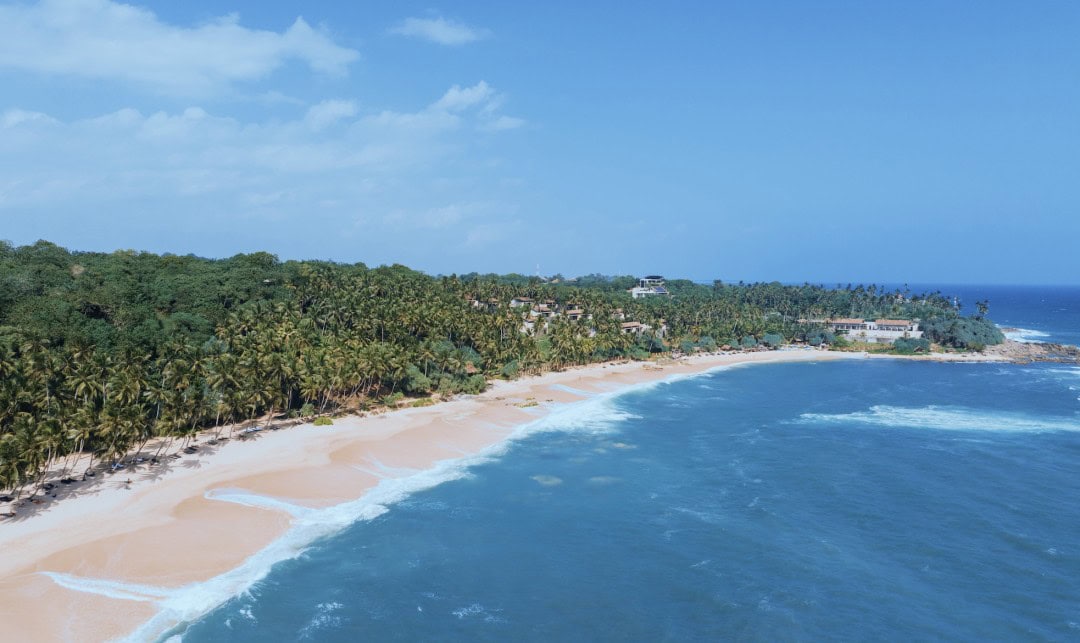
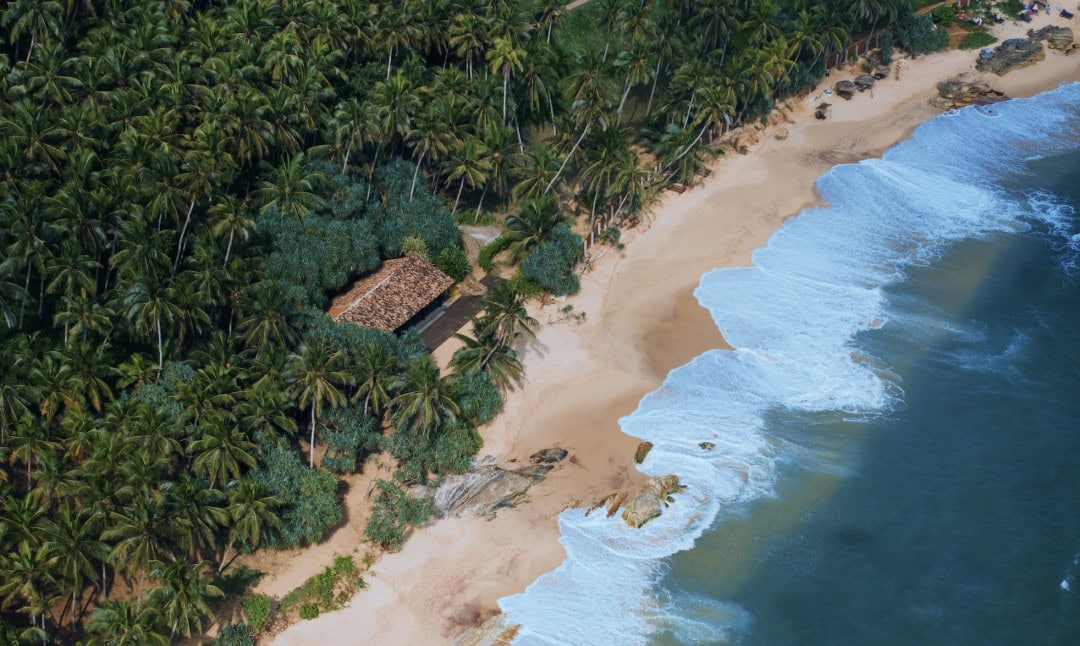
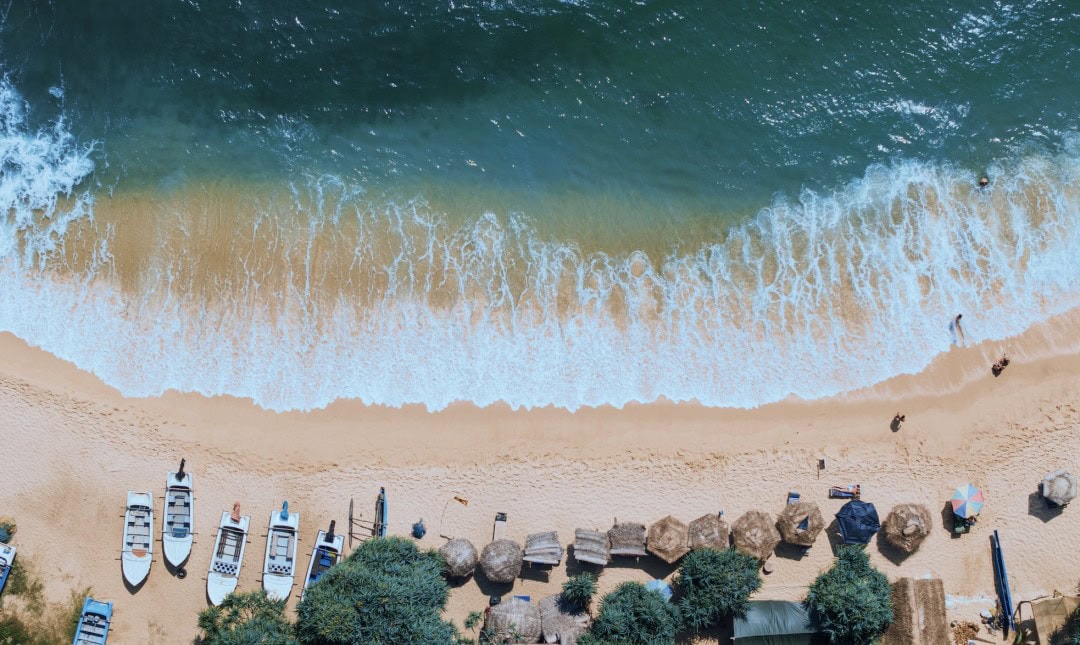
In fact, beach resorts in Sri Lanka are also extraordinary, but few people know about them, and even fewer go to experience them.
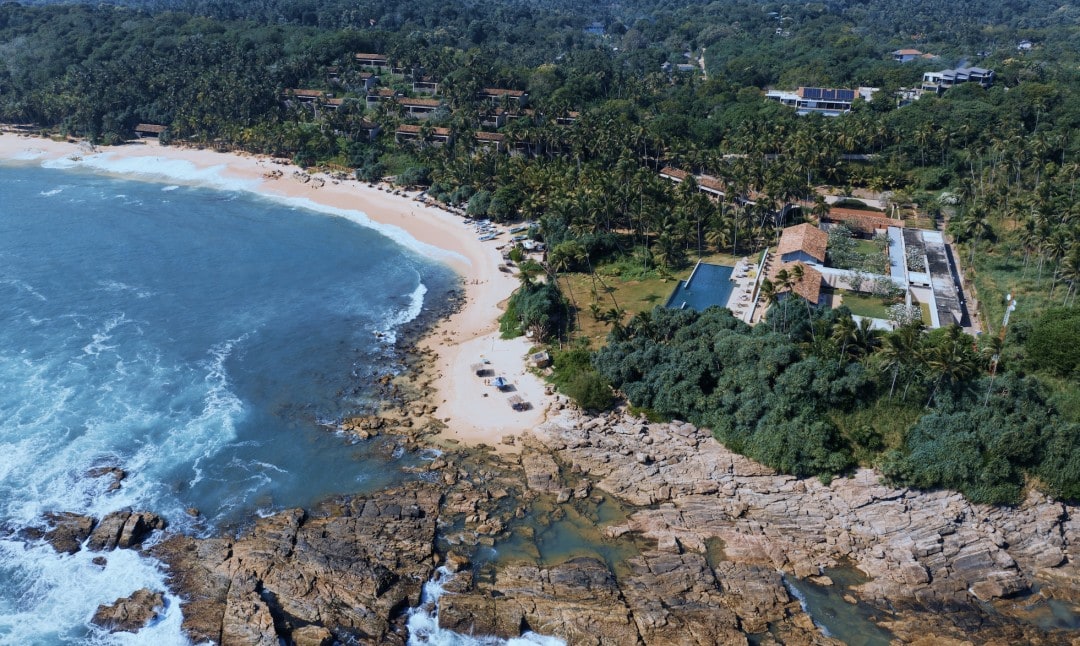
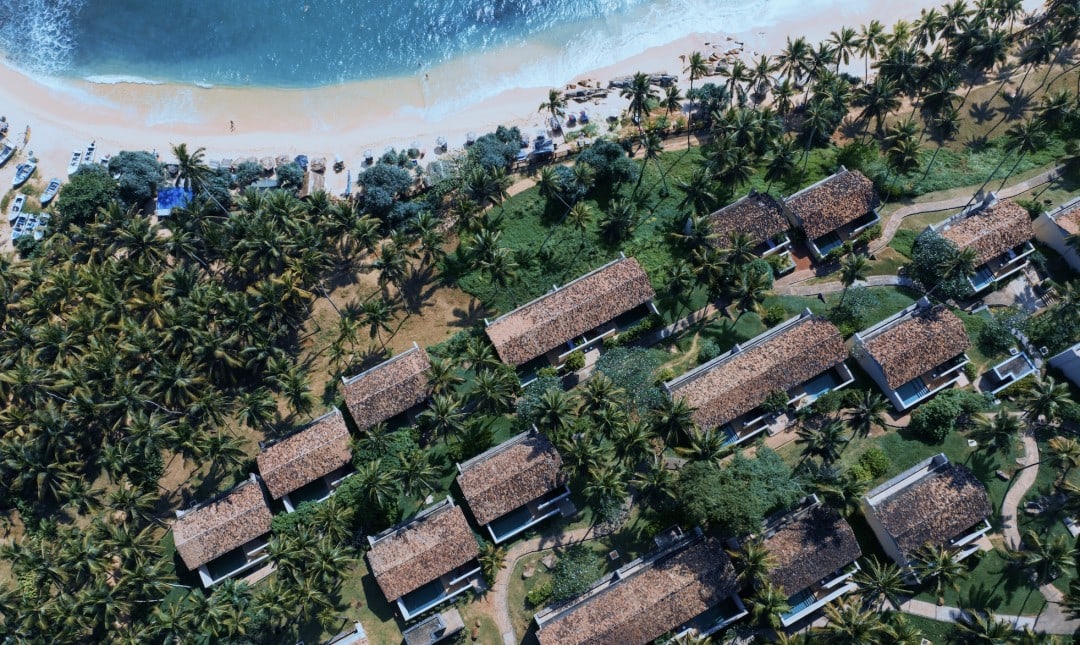
Don’t be fooled by the average beaches in the capital city, Colombo; the further south you go, away from Colombo, the better the quality of the beach and water becomes. Places like Weligama, Mirissa, and Tangalle are excellent beach resort destinations.
During my trip to Sri Lanka, I arranged for myself a seaside vacation for two nights. I chose Amanwella in Tangalle because it is the best beach resort in all of Sri Lanka and one of the cheapest Aman’s in Asia. Sri Lanka is perfect for staying in good hotels, and the cost-performance ratio of the two Amans and three Relais & Châteaux properties is quite high (of course, compared to other countries).
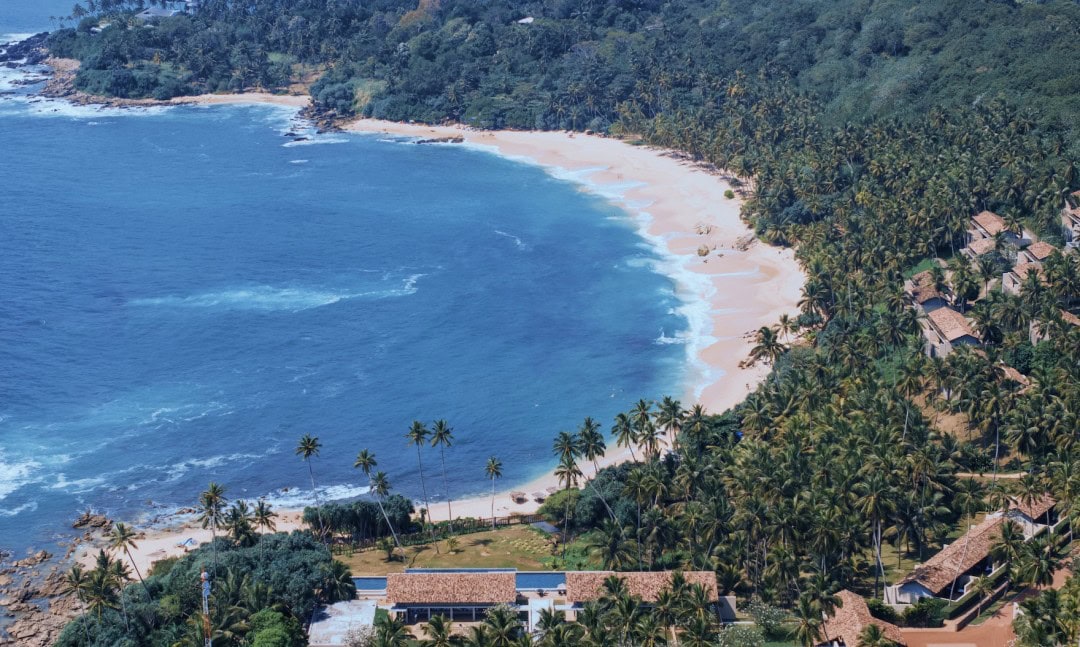
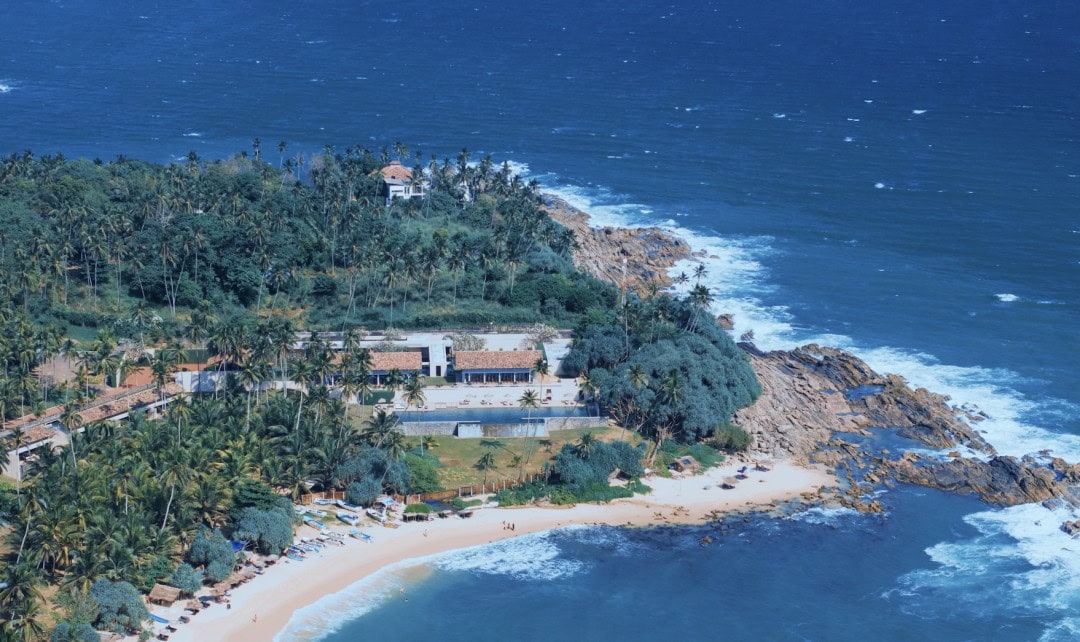
Today’s piece is about Amanwella. Located on the southern coast of Sri Lanka in Tangalle, the hotel has a beautiful environment, nestled among swaying palm trees along a golden coastline, facing a crescent-shaped beach. This aligns perfectly with the meaning of the hotel name; “wella” means “peaceful beach.” The Klein blue sea is particularly gentle.
Amanwella’s designer is Kerry Hill, the official architect for Aman. Kerry Hill is one of the world’s most influenced and successfully practices Bawa’s philosophy in architecture. I feel that Kerry Hill’s design for Amanwella has a sense of homage to Geoffrey Bawa. Bawa is the architectural luminary of Sri Lanka and the most famous designer in Sri Lanka (and even Asia).
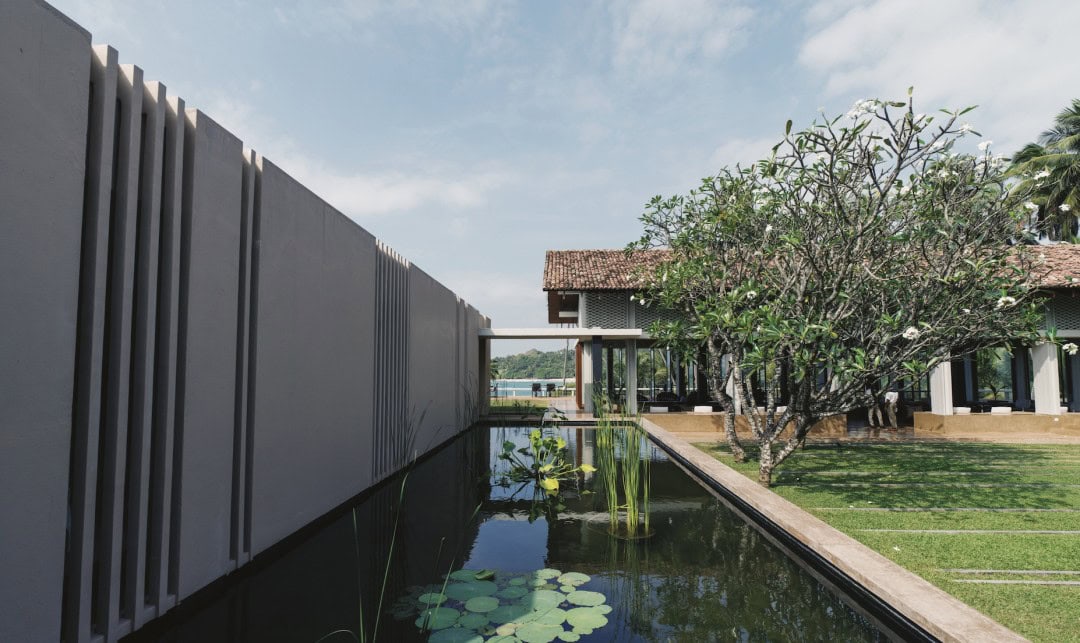
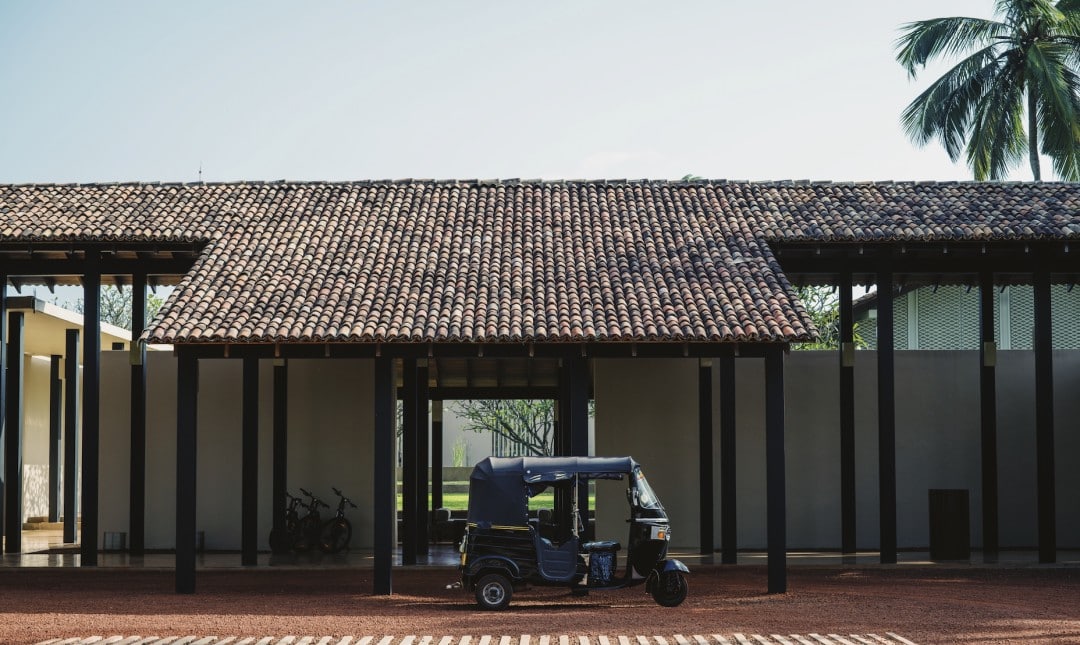
For instance, his principles include incorporating symmetrical aesthetics and natural scenery into architecture, using light steel structures to elevate roofs instead of using stone columns, and blending traditional culture with modernism.
The hotel features a reddish-brown terracotta tile roof held high on steel columns.
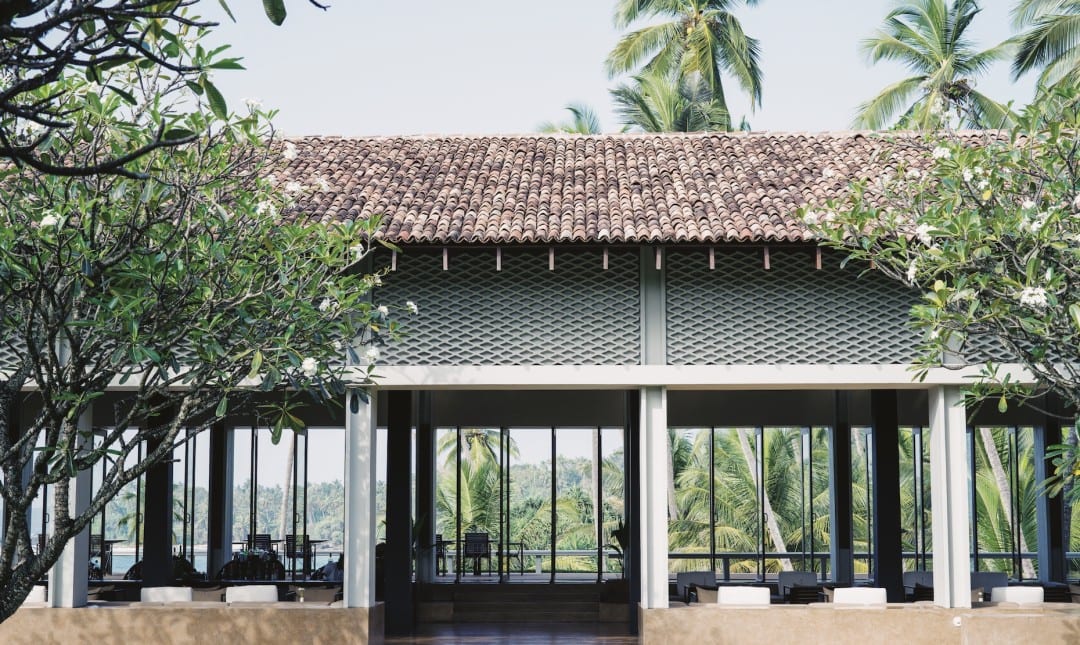
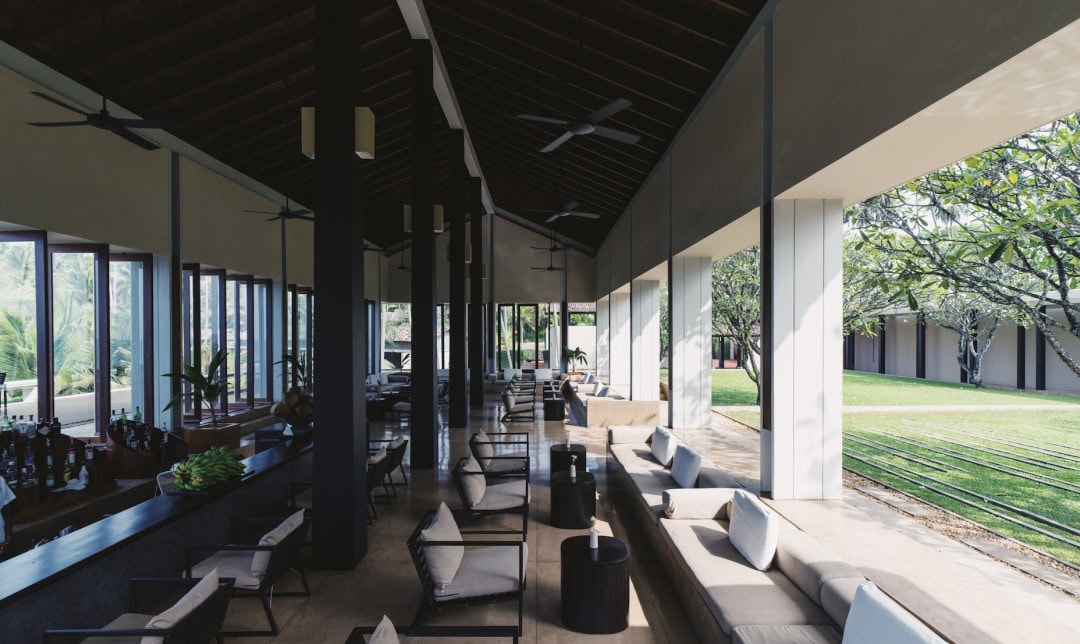
Additionally, at Amanwella, one can clearly sense the shadow of minimal modernism combined with local culture. The hotel’s design employs simple, tranquil architectural lines, creating a landscape filled with pristine ecological charm. This is very much in line with Bawa’s style.
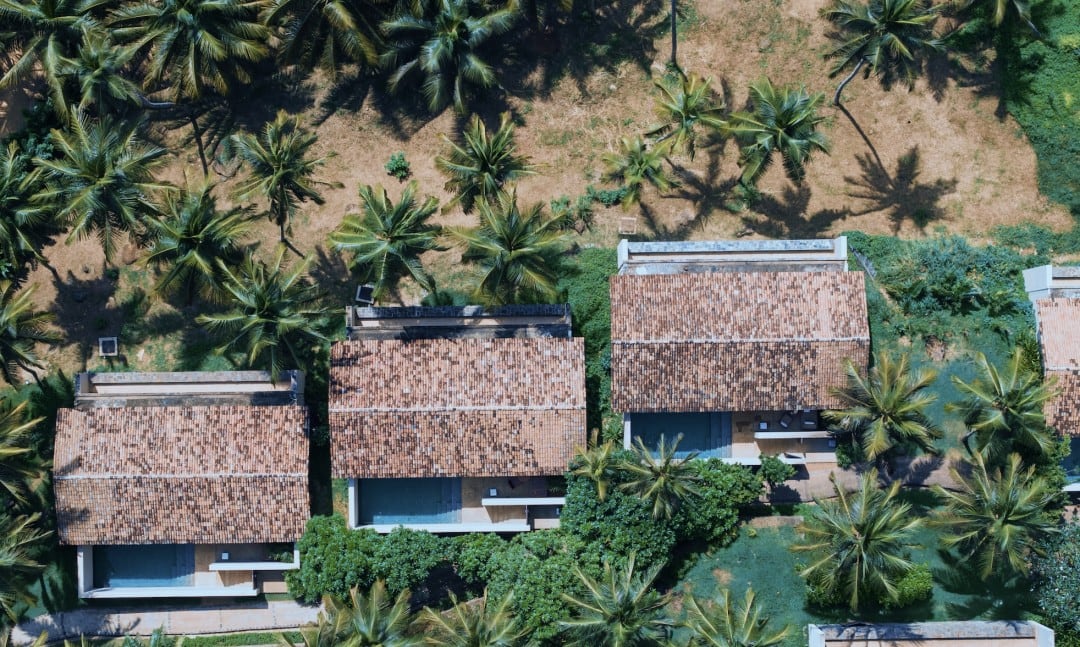
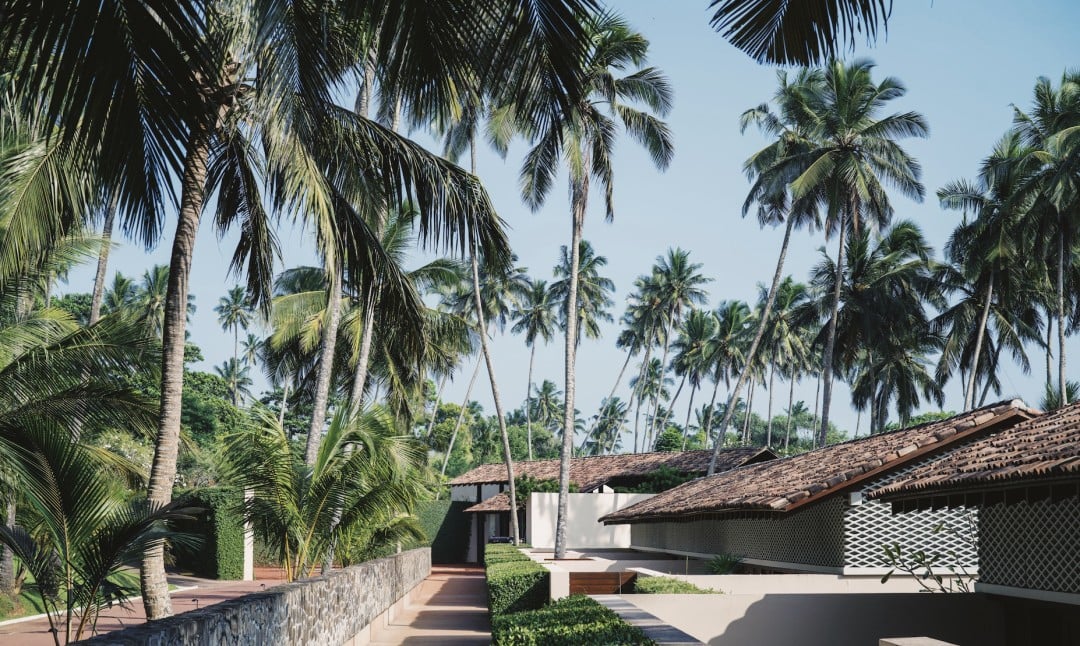
The open design on both sides enhances the view, improves ventilation, and reduces the need for air conditioning.
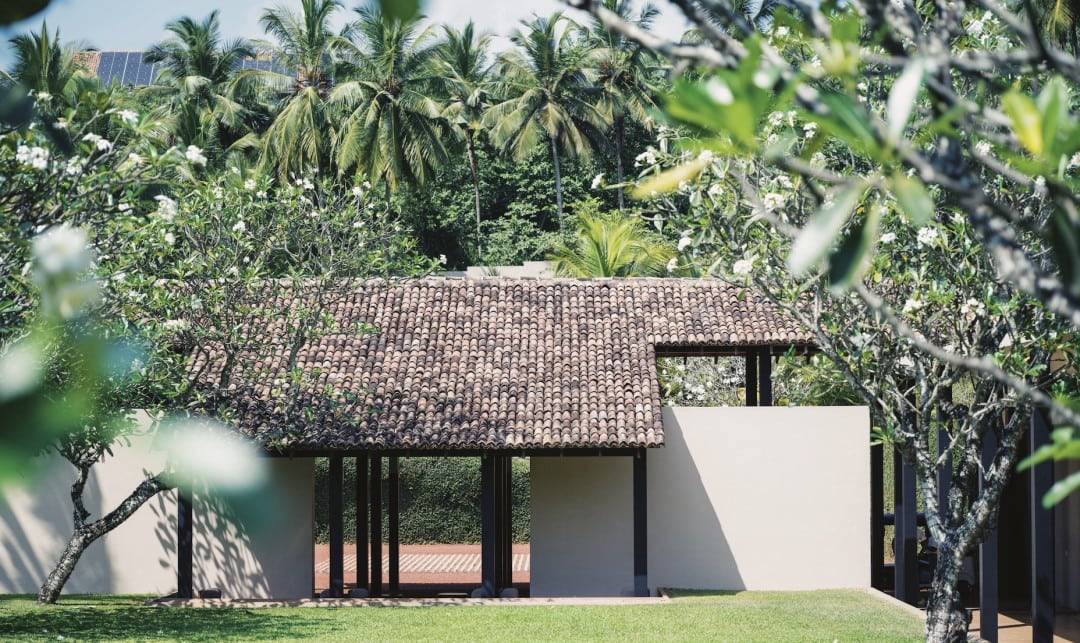
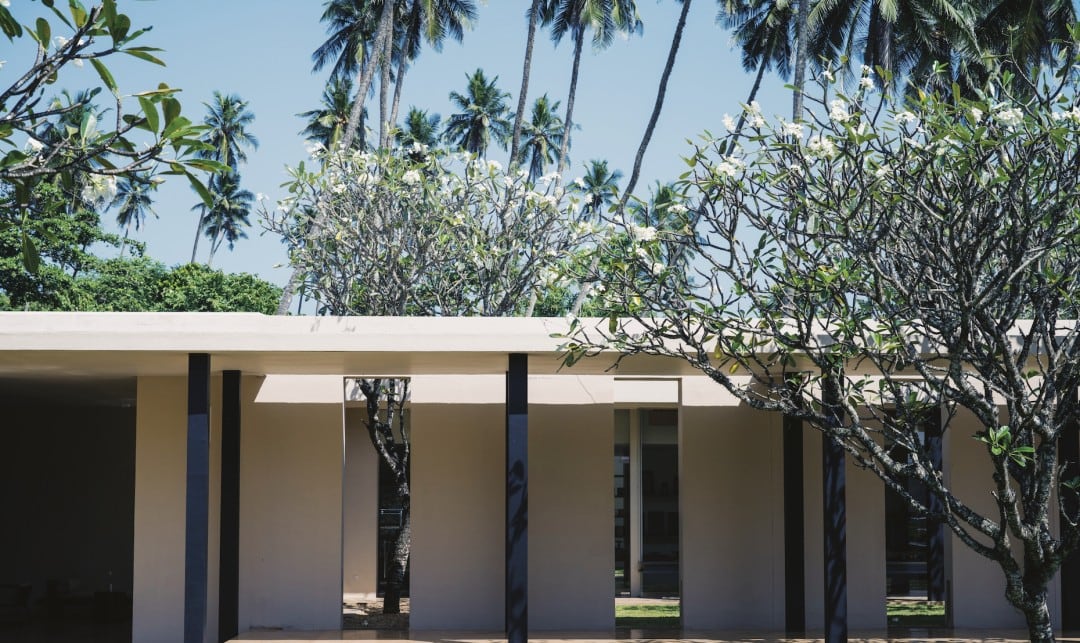
The entire hotel is infused with the mutual admiration between Kerry Hill and Bawa; they would surely be friends in heaven.
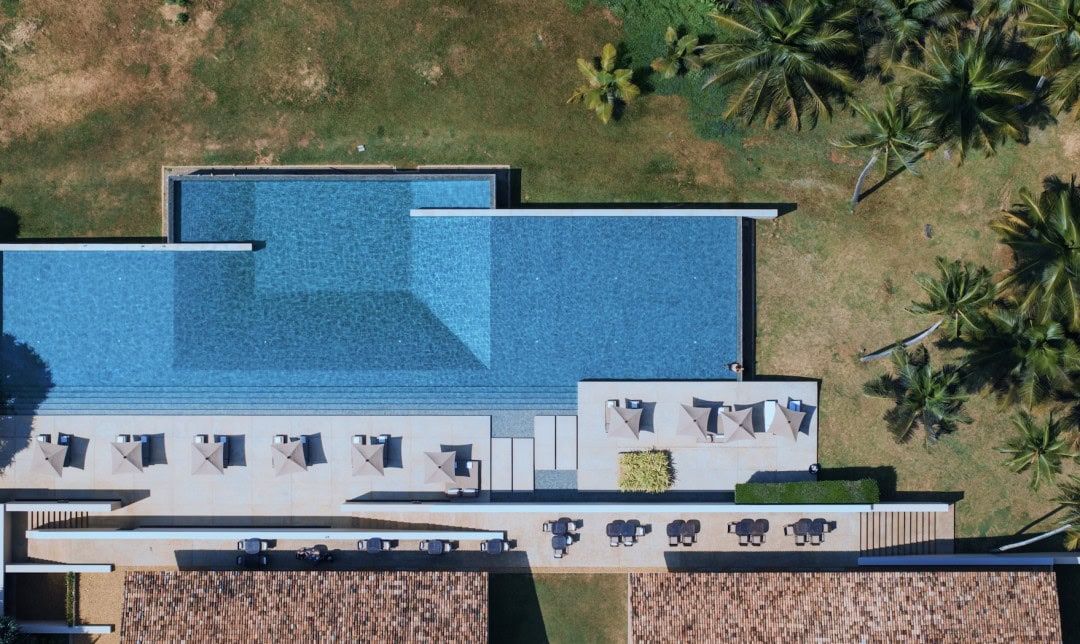
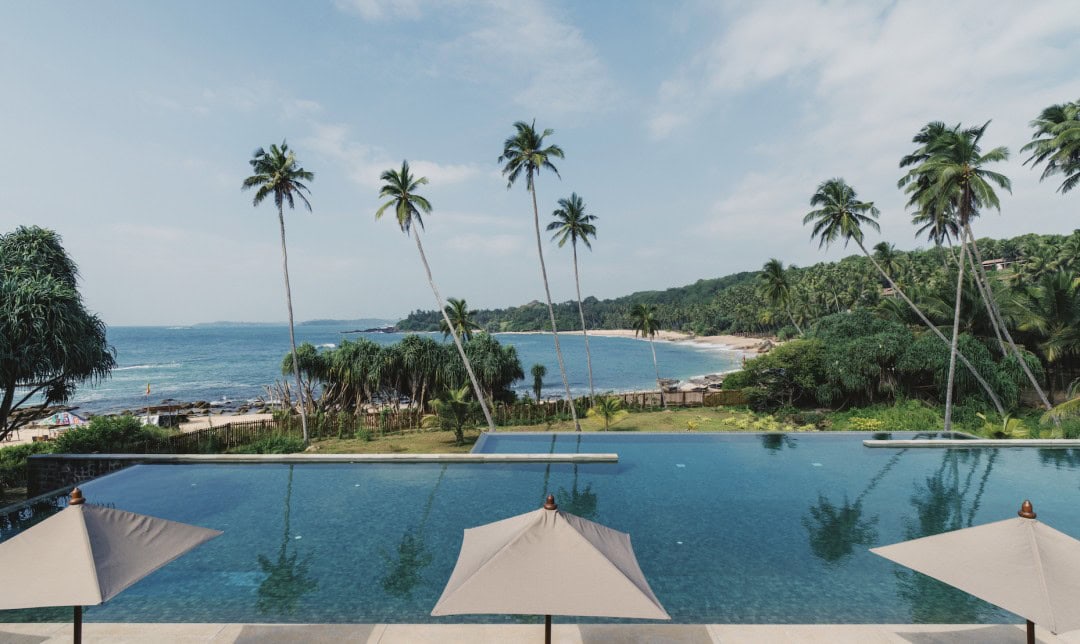
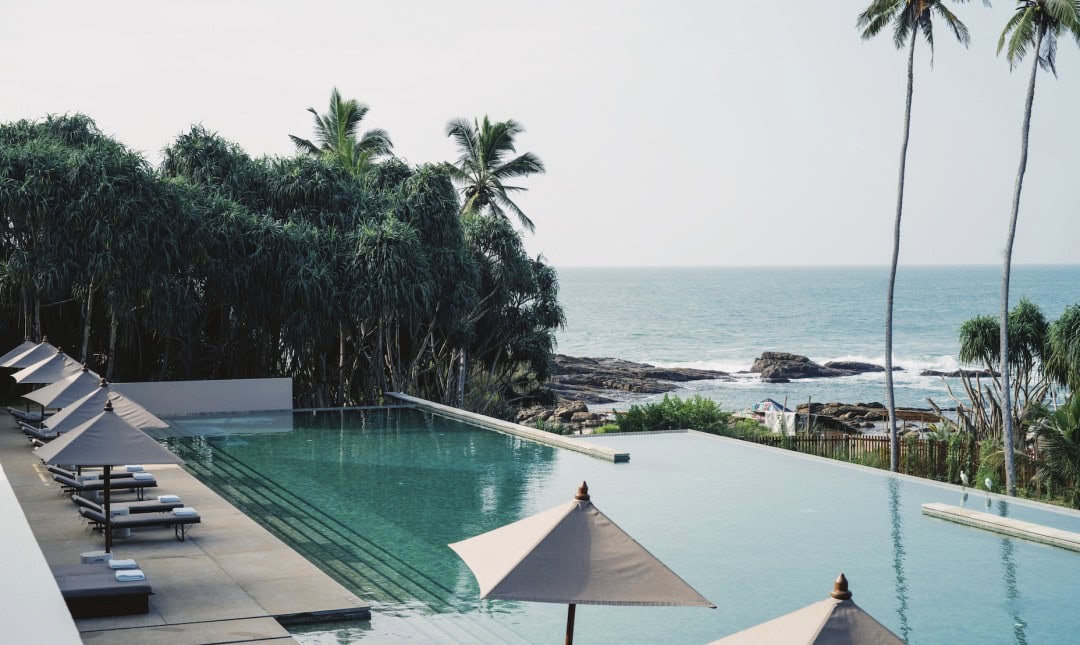
Amanwella is not large, with one public area, one villa area, plus an ocean-view restaurant. The public area is also not big, featuring a casual dining bar, a pool, a courtyard, a library, and a boutique. You can stroll through it quickly, but every spot is worth lingering at for a long time.
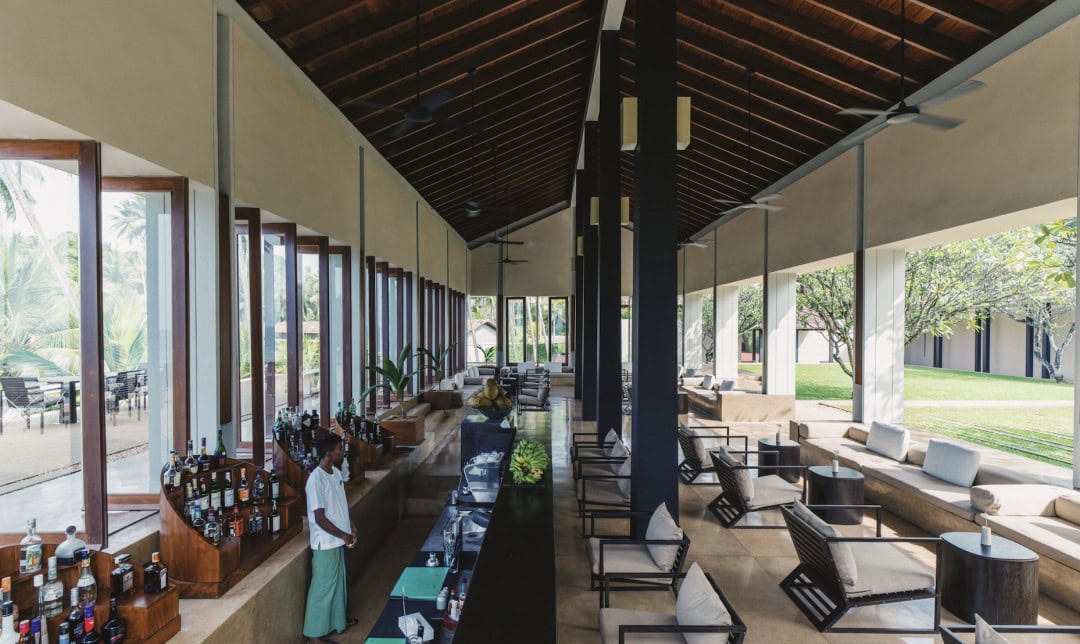
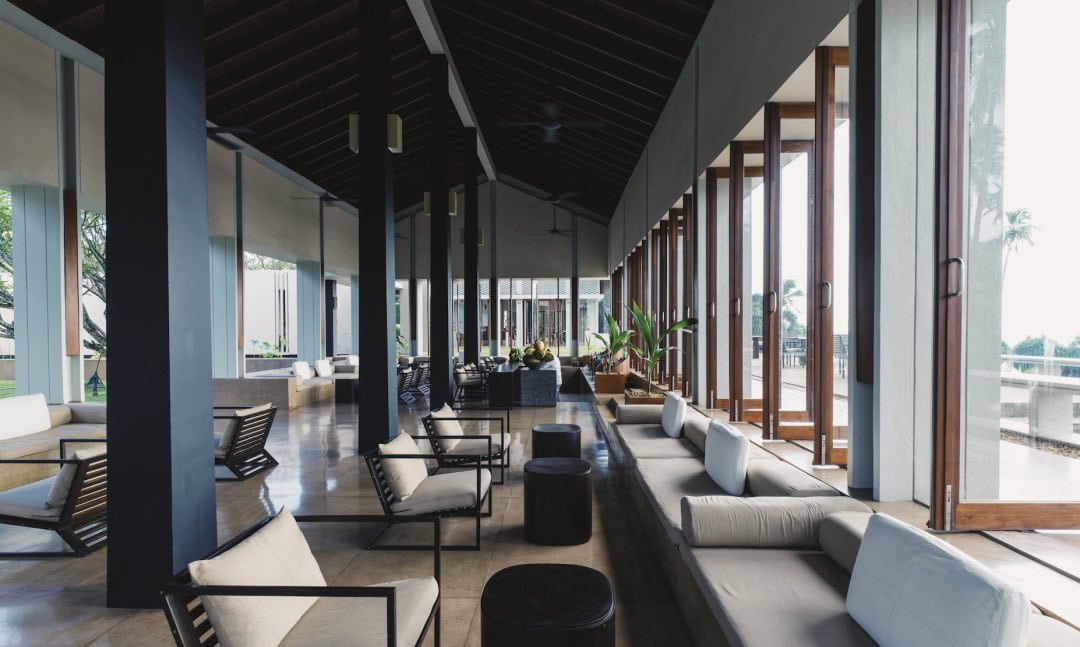
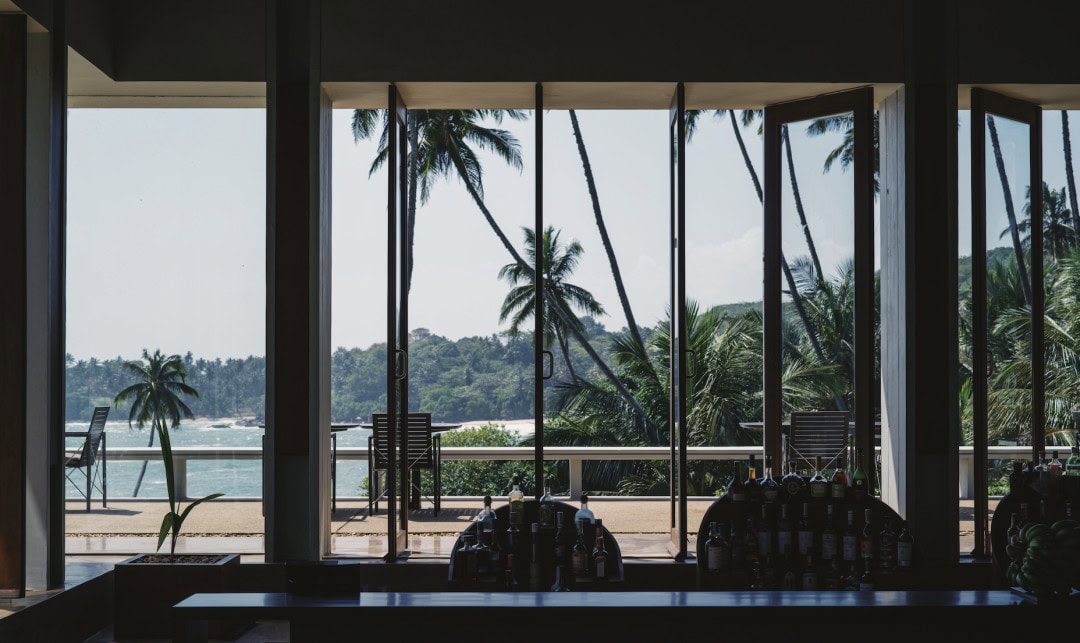
The pool is an infinity pool facing the crescent-shaped beach with excellent views.
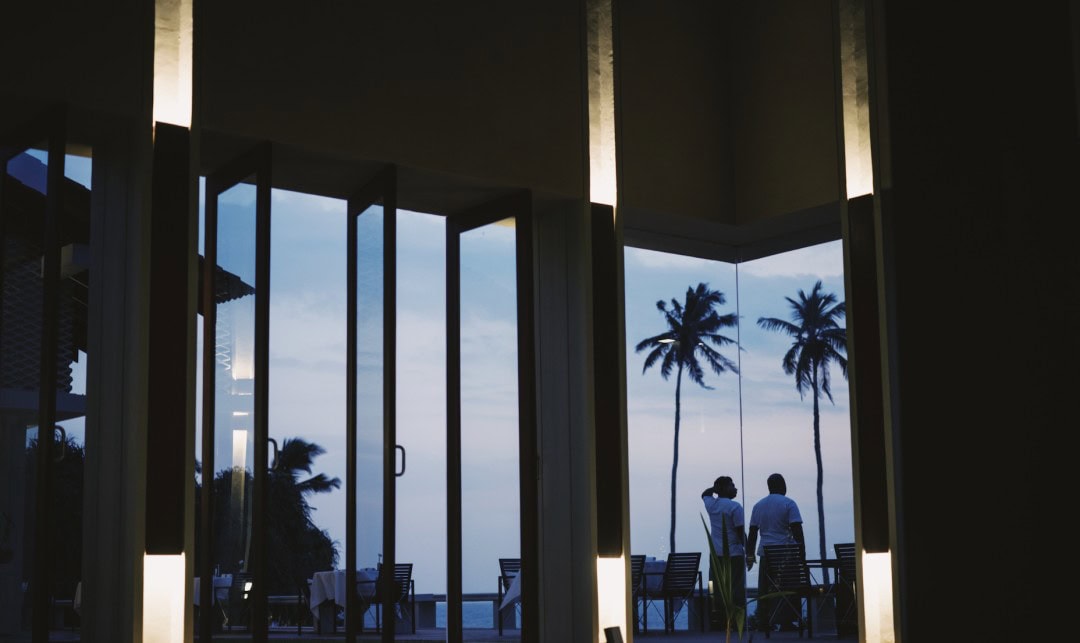
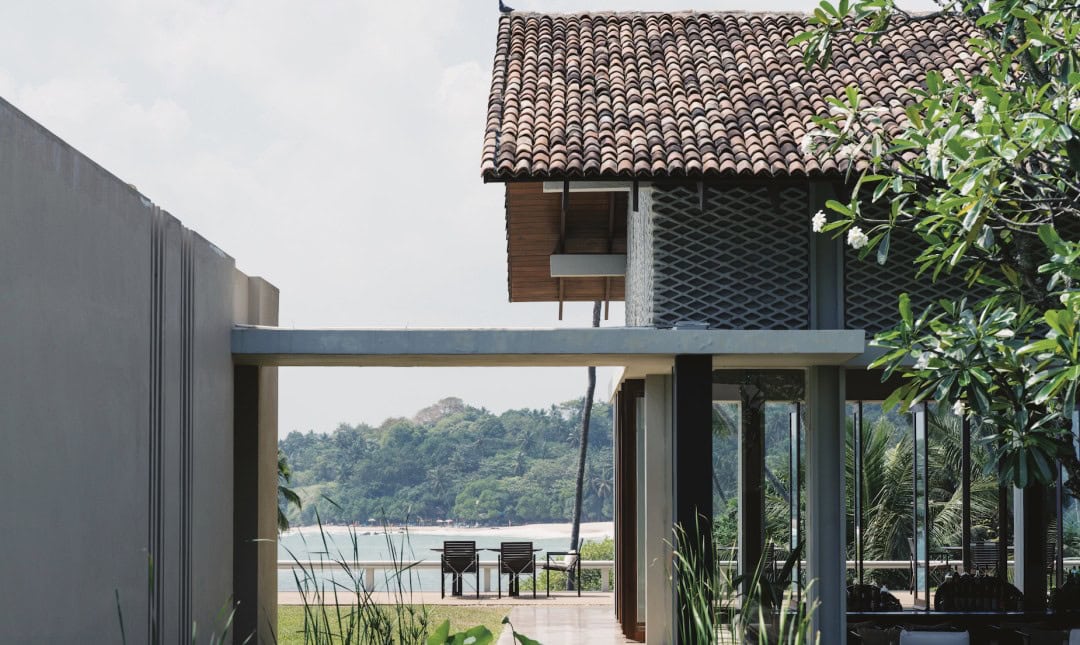
The casual dining bar operates all day, serving breakfast, lunch, dinner, and afternoon tea. In the evening, it transforms into a bar.
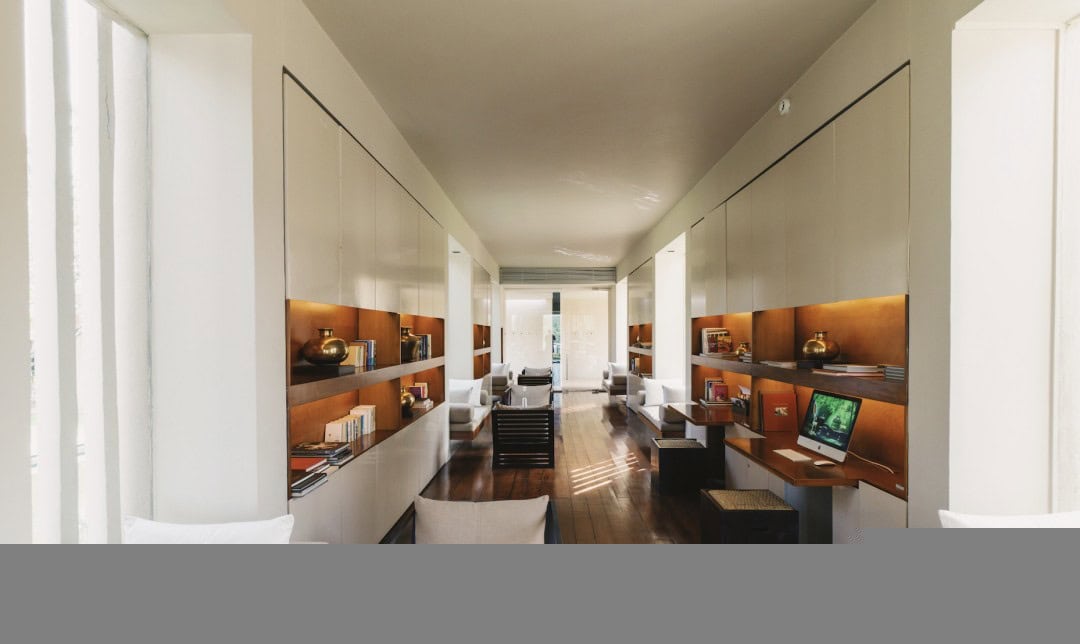
The open lobby ensures air circulation and disperses humidity, making air conditioning unnecessary.
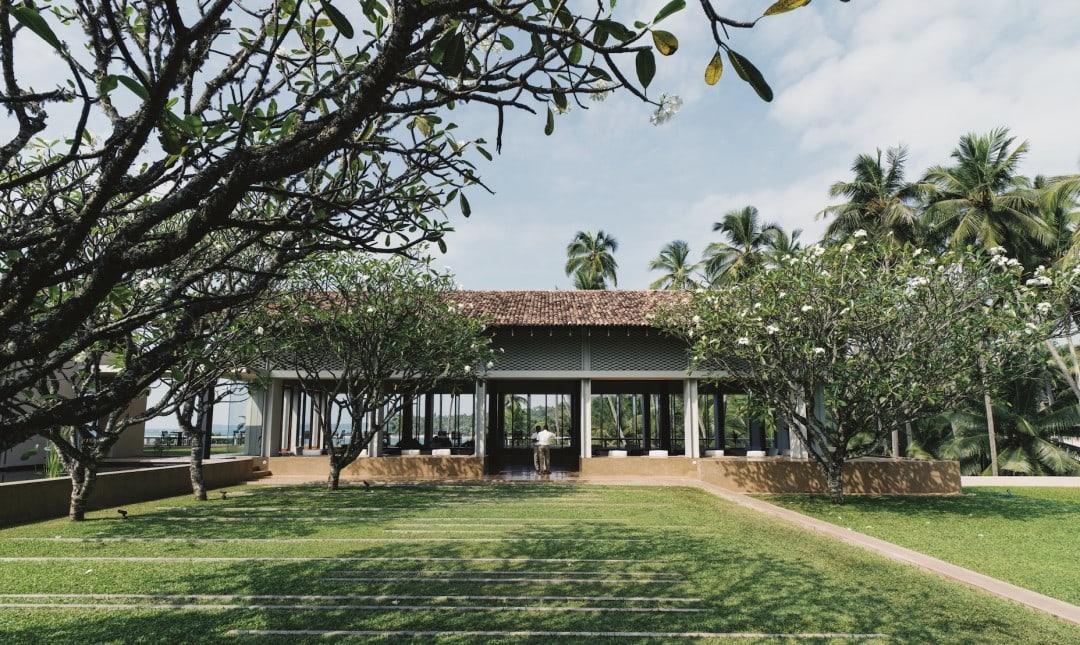
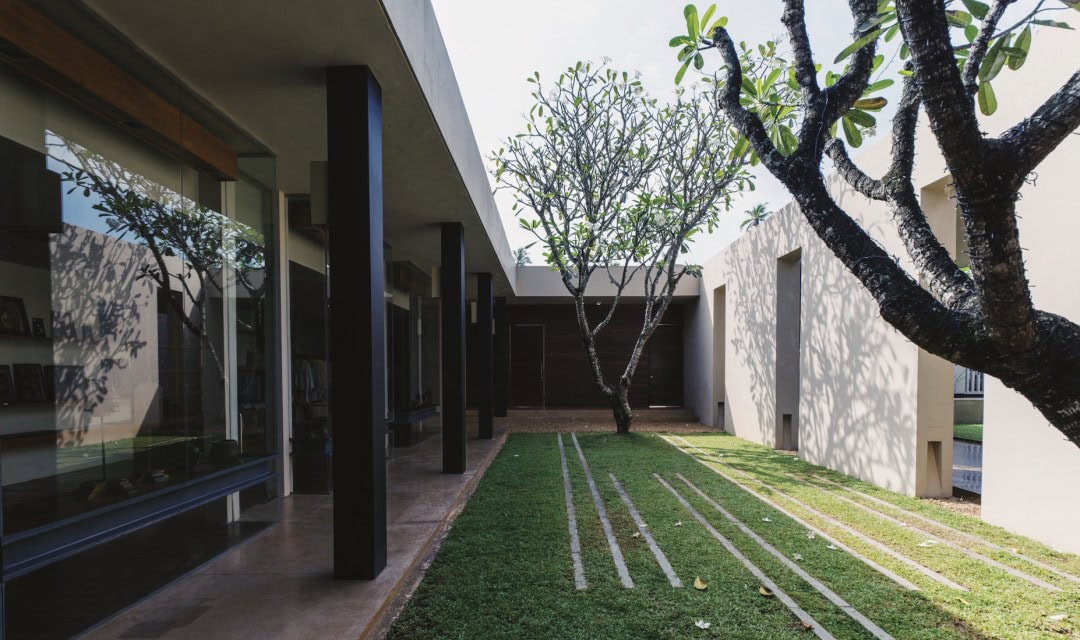
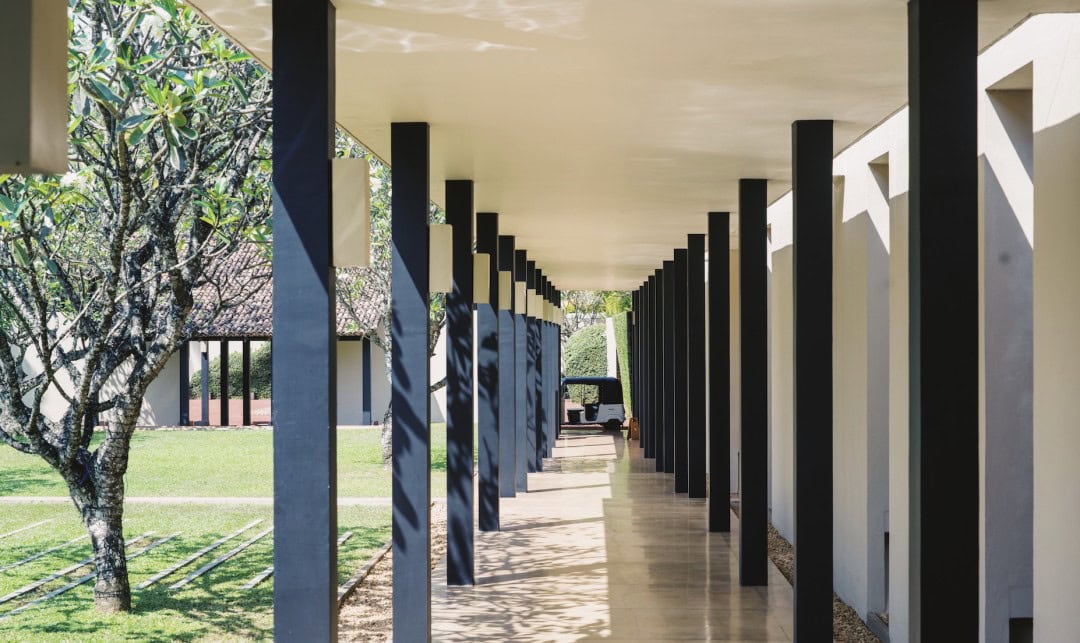
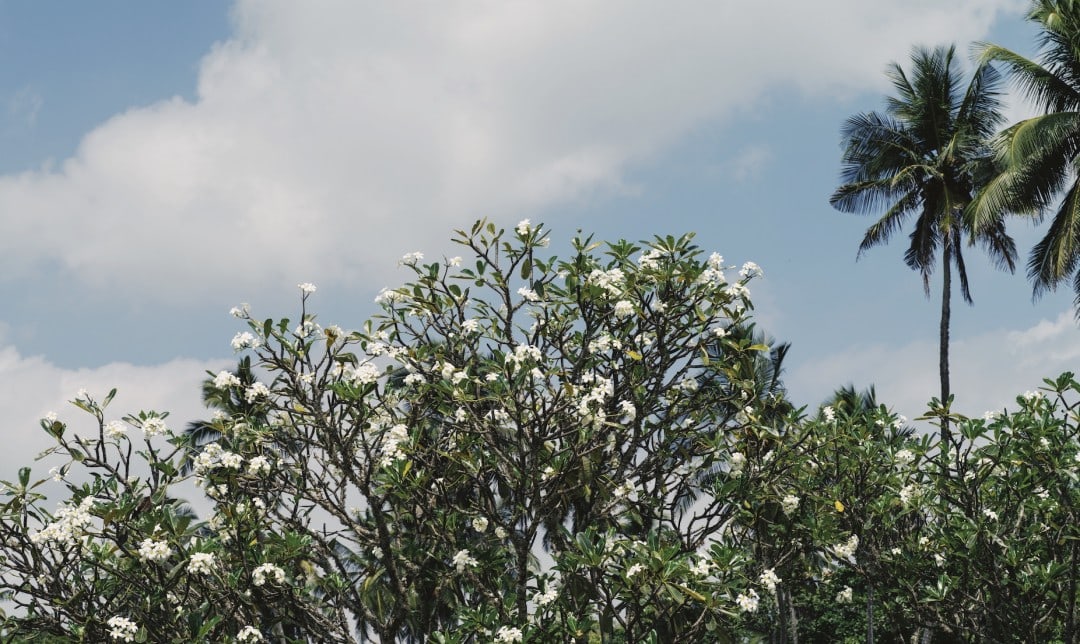
During my three days and two nights at Amanwella, I spent most of my time there, occasionally gazing at the clouds or watching the tides change. In theory, the place offers sunset views, but I had two consecutive cloudy days.
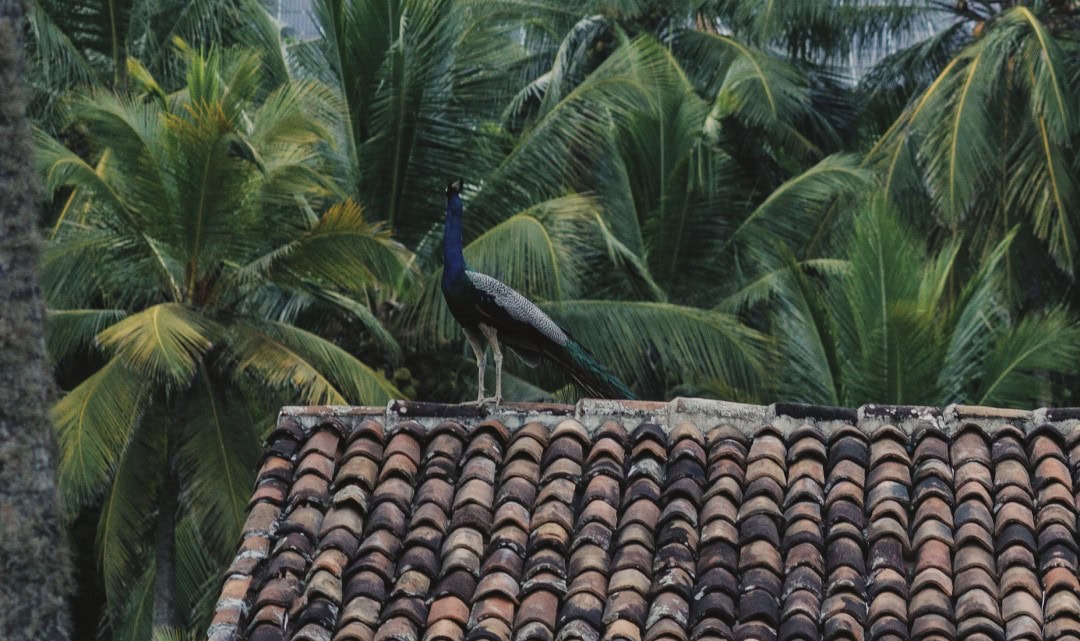
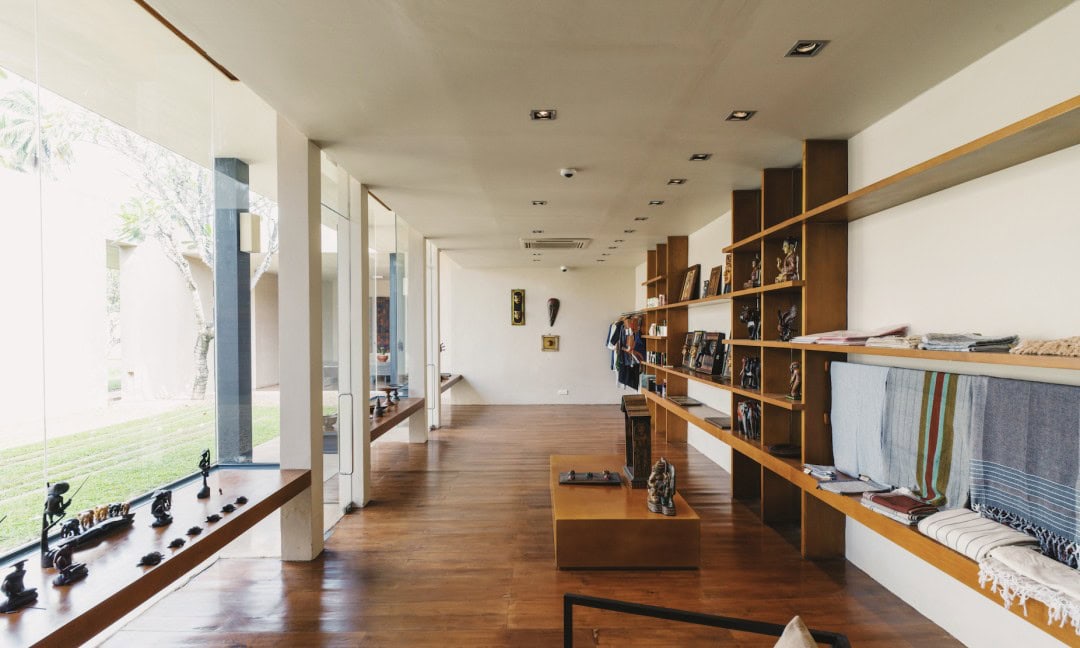
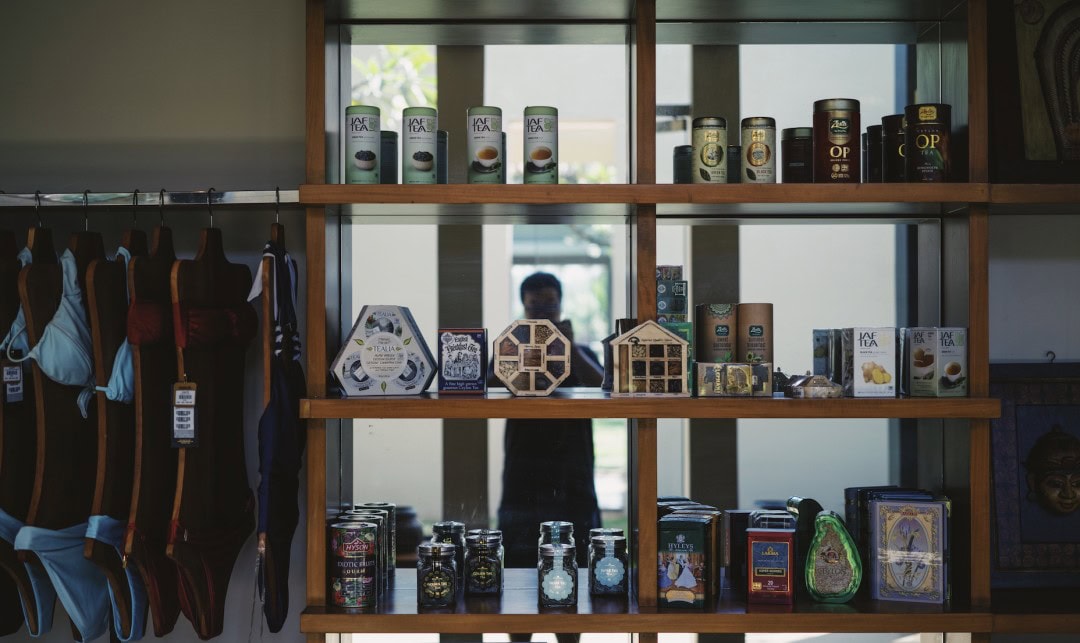
The library seems to be a feature of every Aman property, allowing you to slow down and fully unwind.
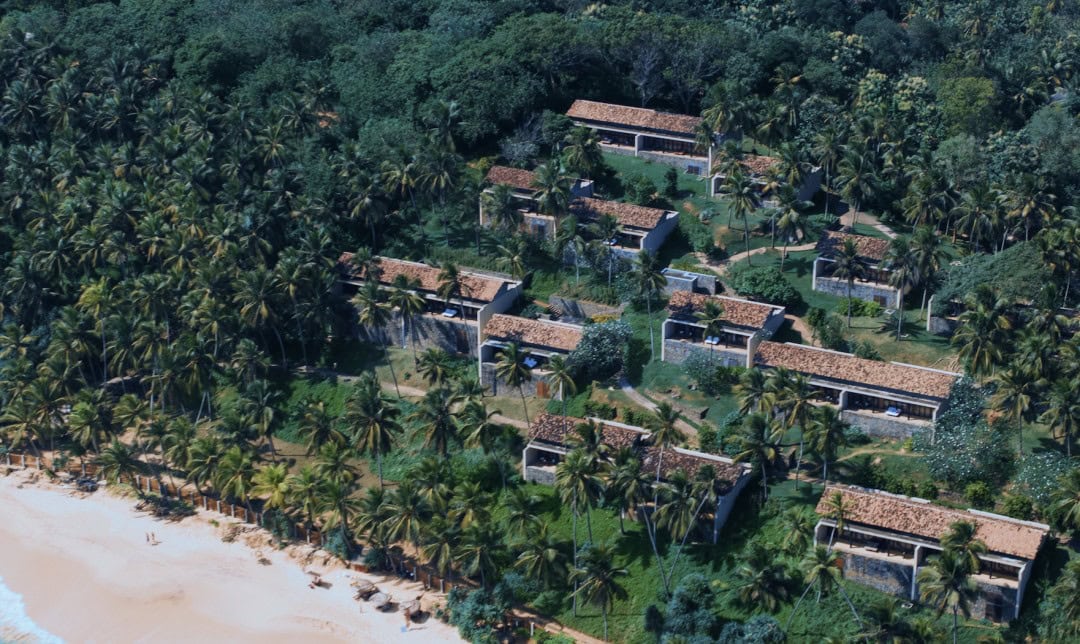
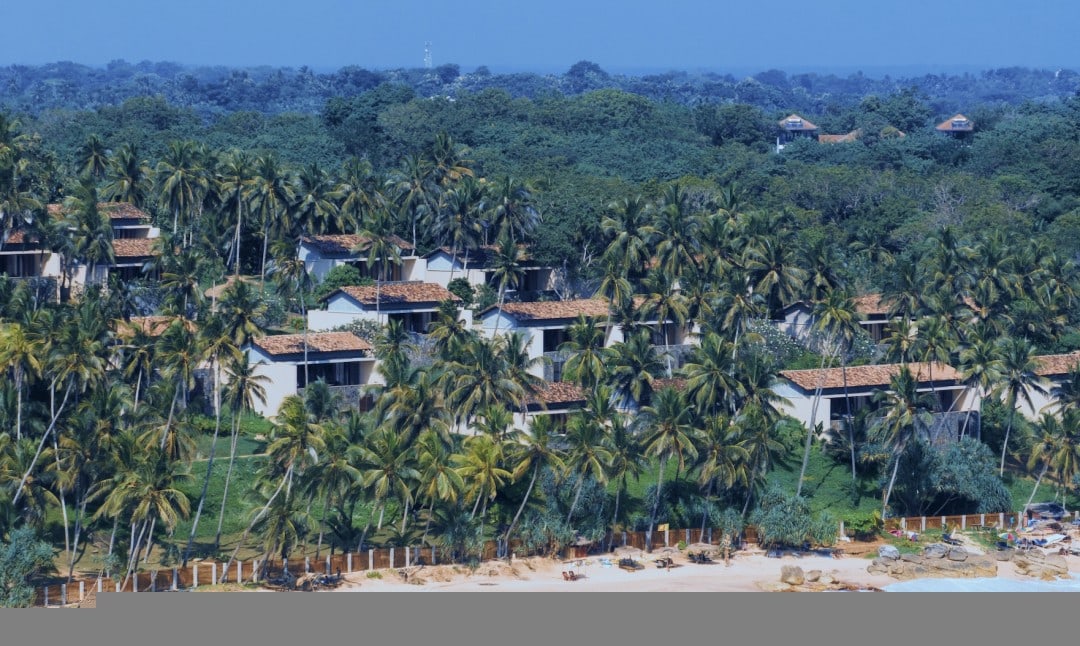
The courtyard is a Sri Lankan-style space where you can see the sky, palm trees, walkways, and frangipani flowers… it’s simply comfortable.
While wandering in the courtyard, I was often captivated by the sound of birds, looking up to find a peacock on the roof; the ecosystem is remarkable.
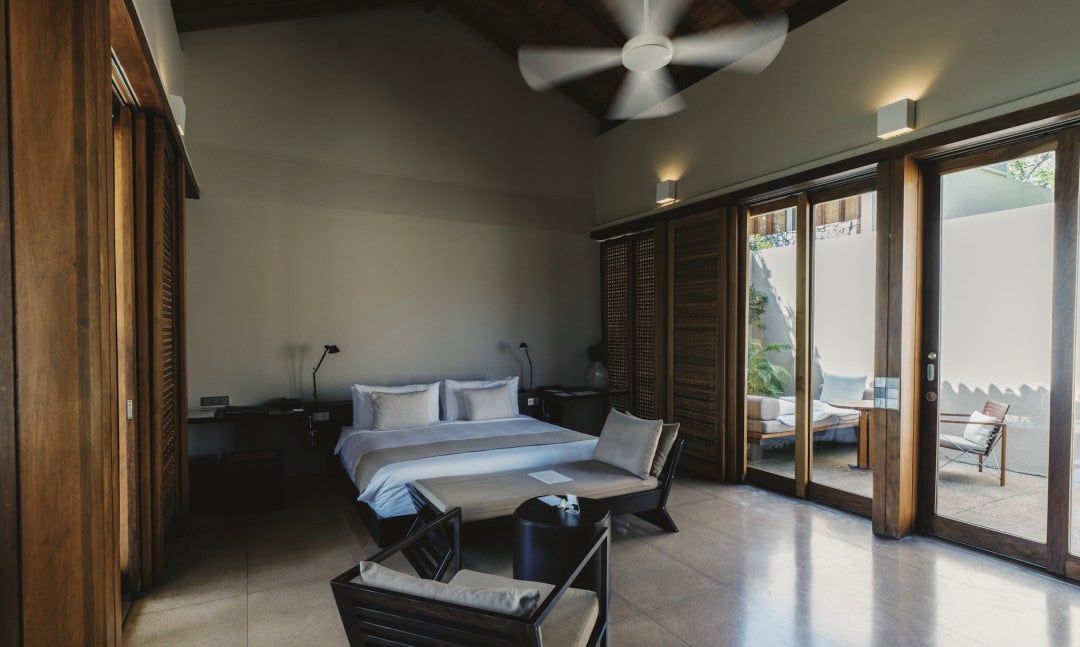
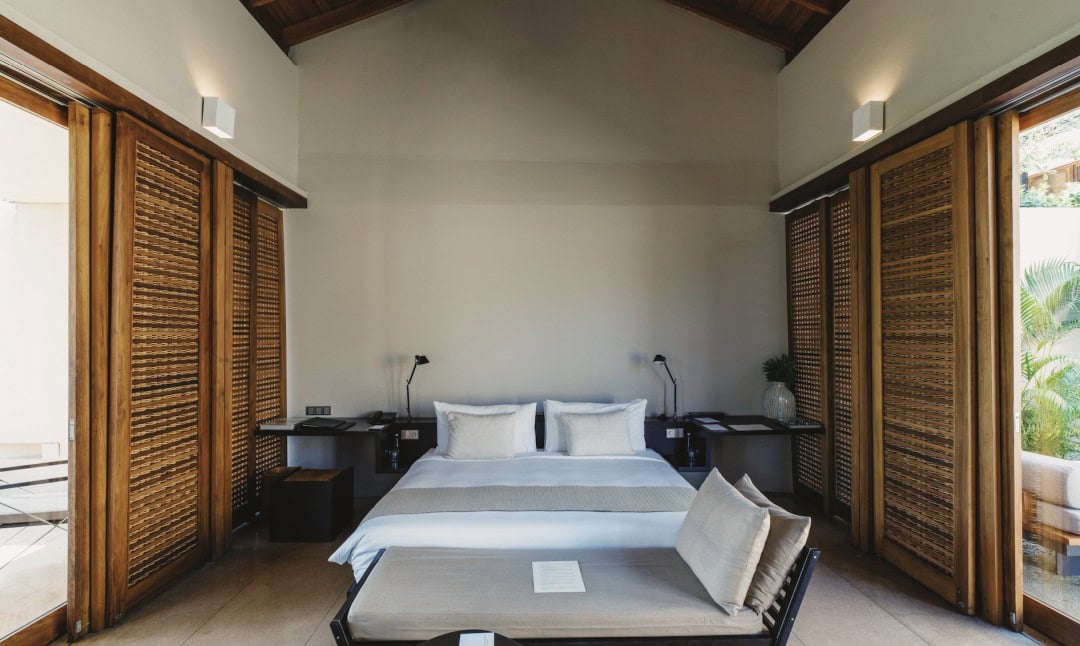
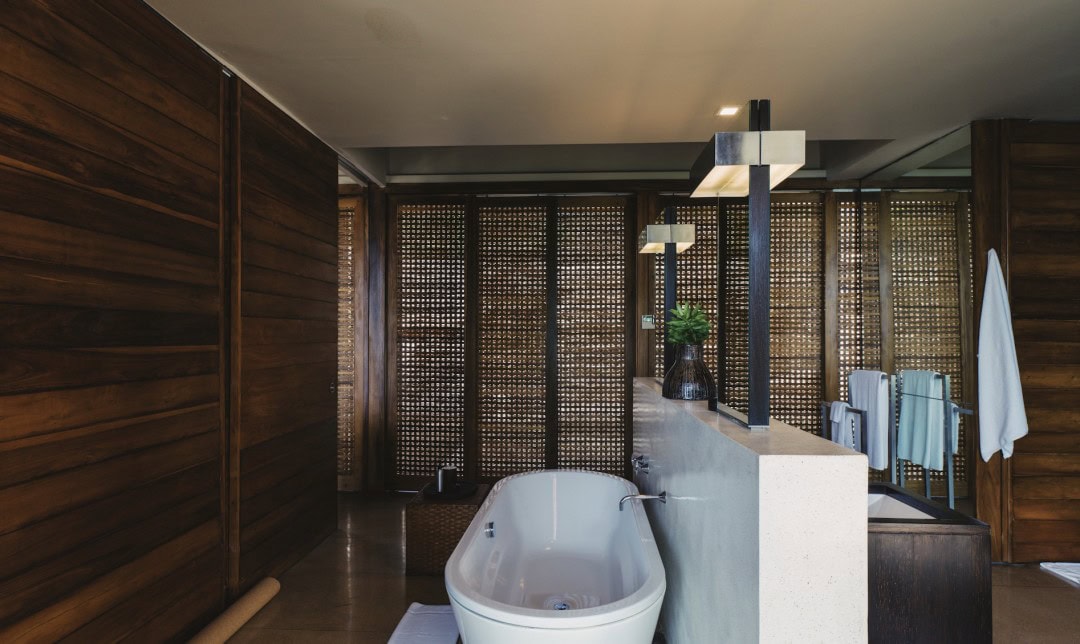
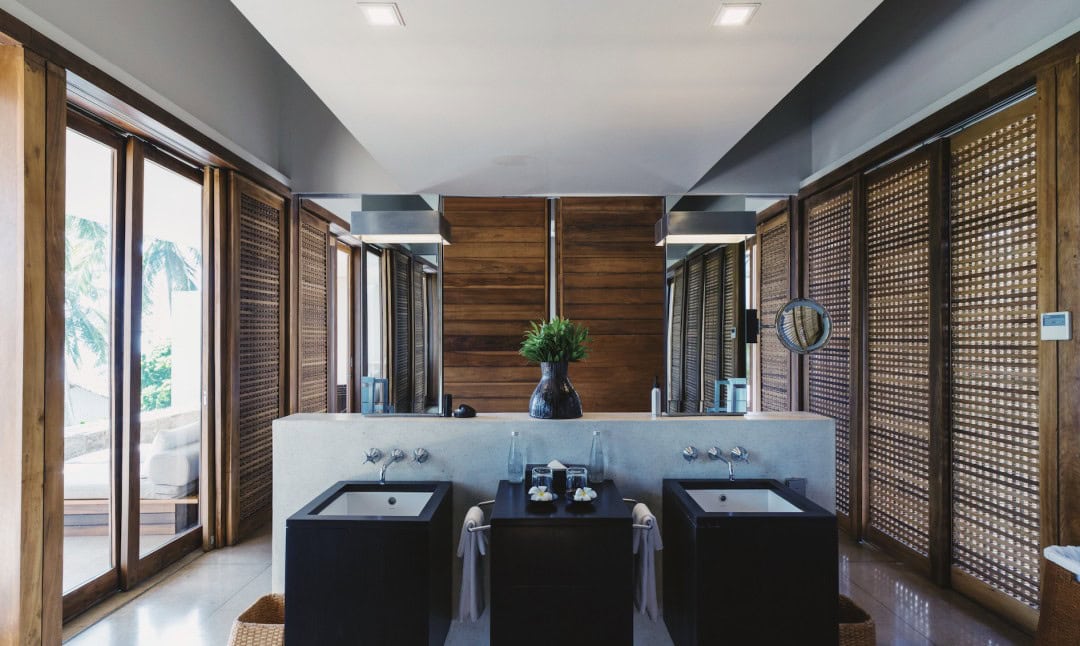
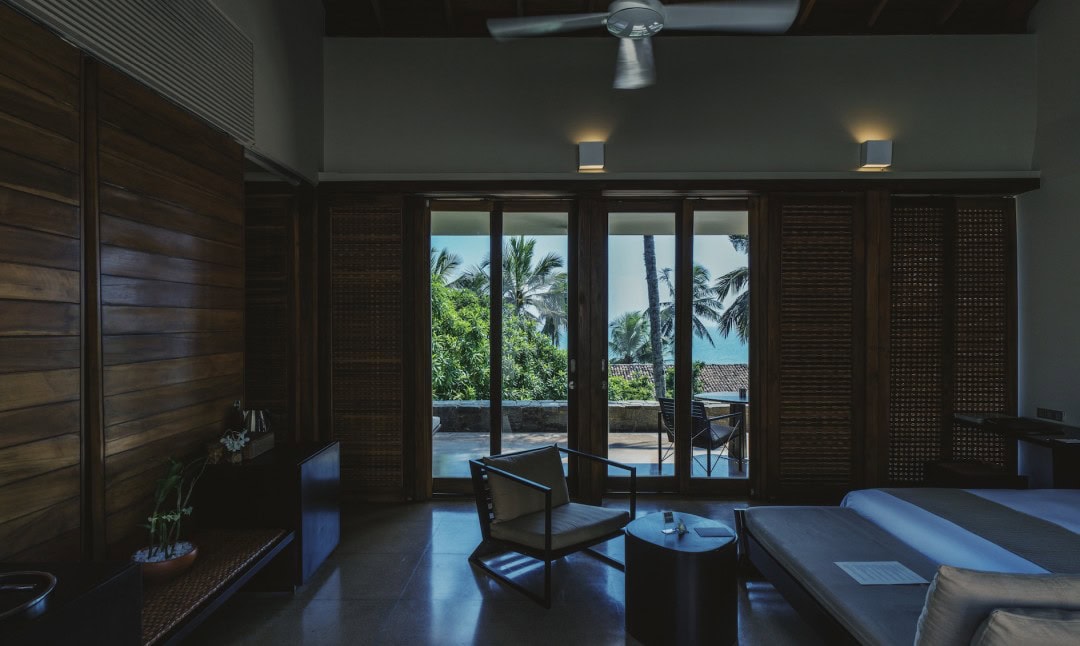
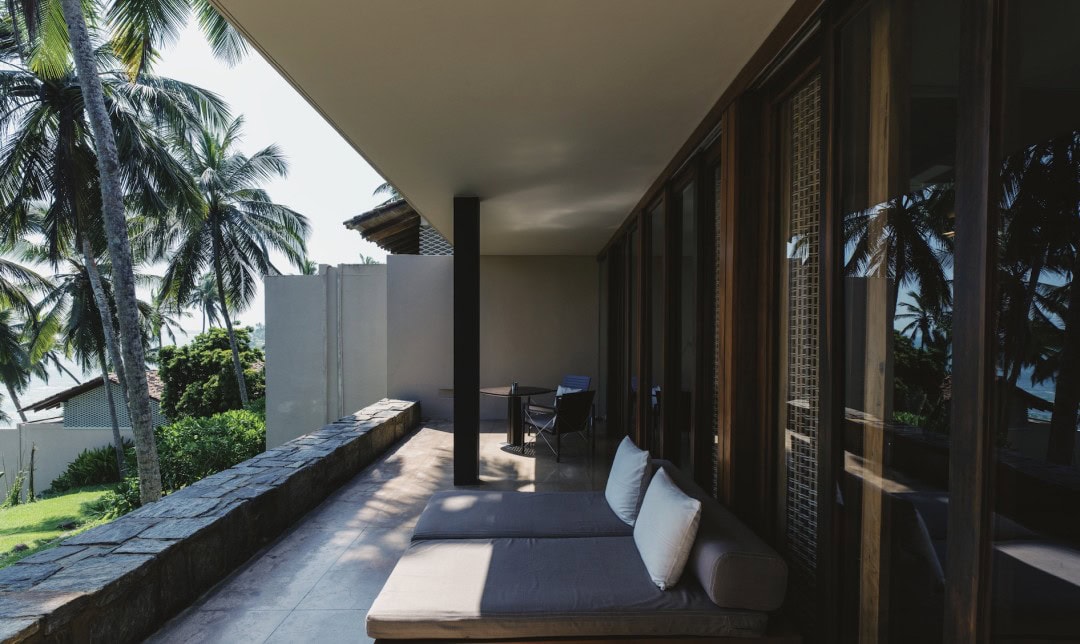
There is also the boutique at Amanwella.
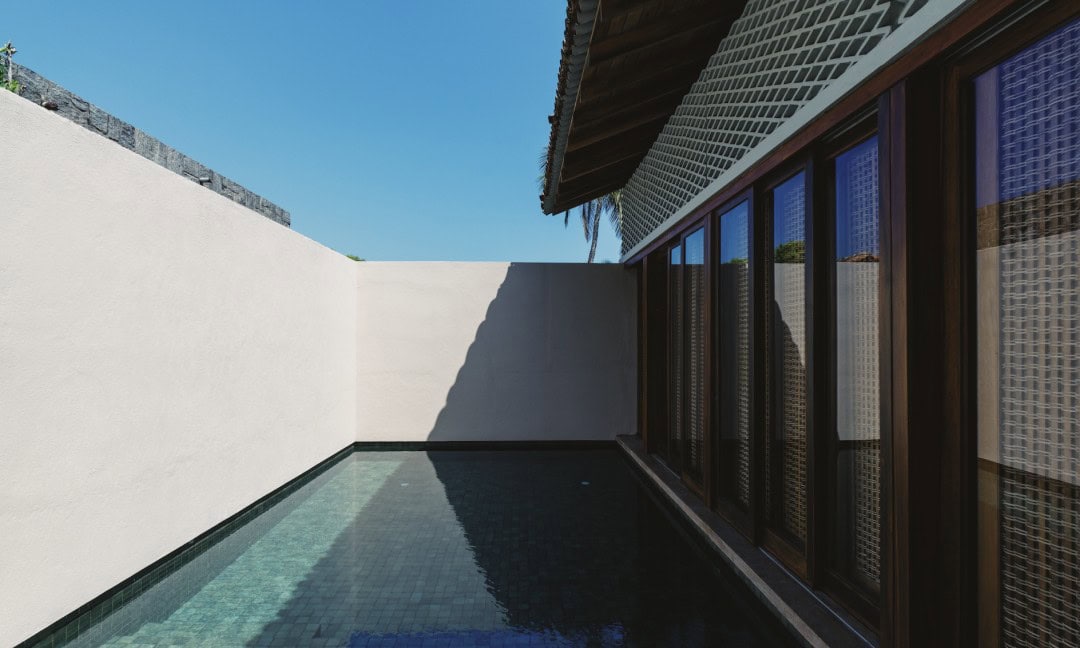
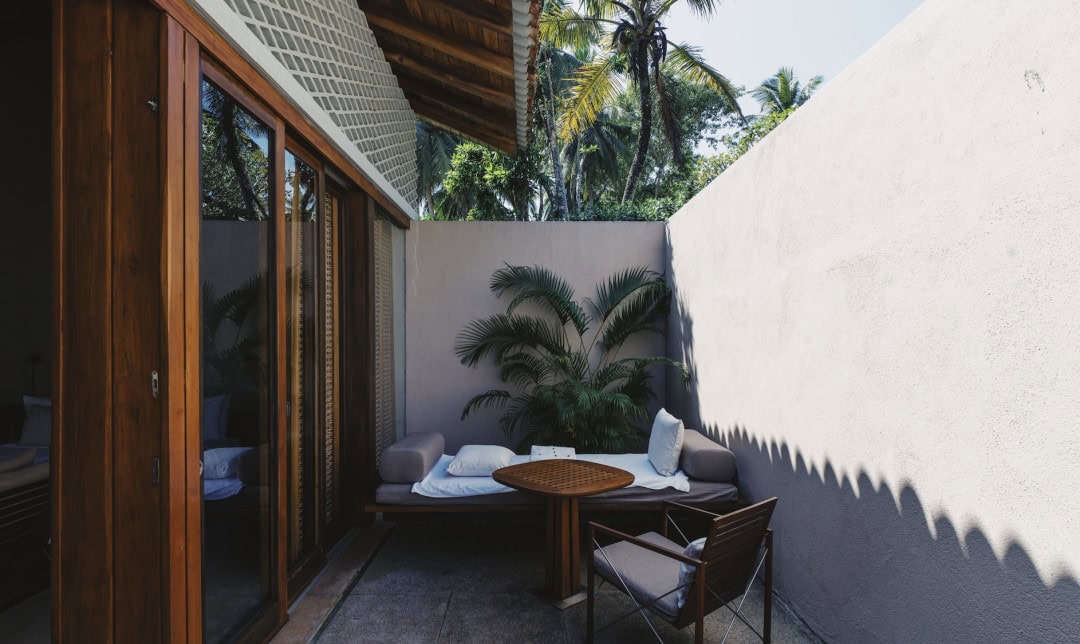
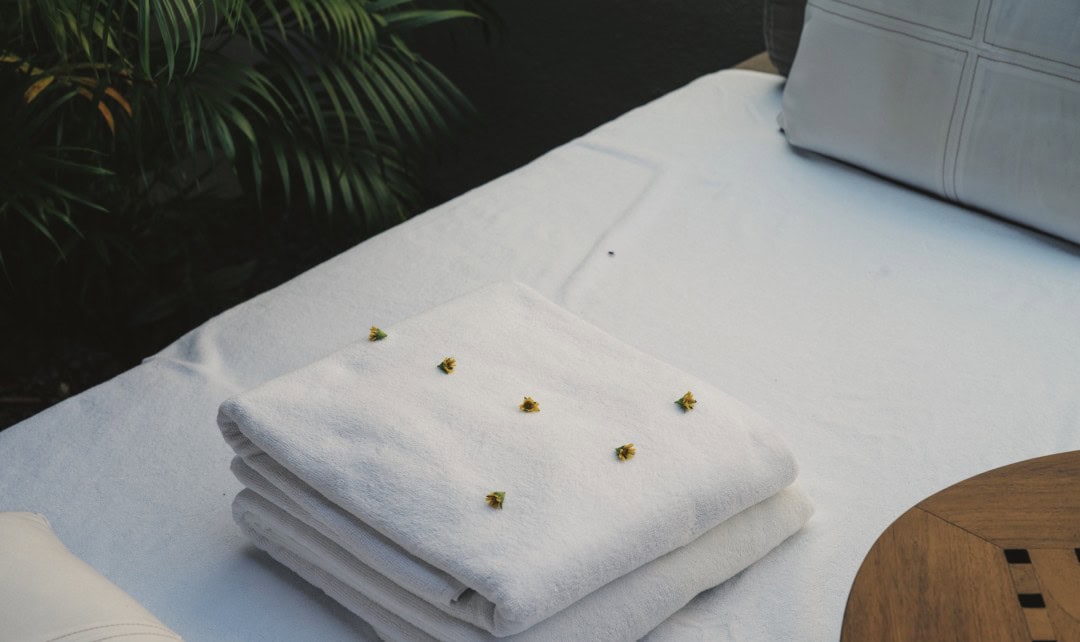
Amanwella is a small hotel with only 30 villas, each a pool villa. Built along the coastal hills, it guarantees a view of the sea.

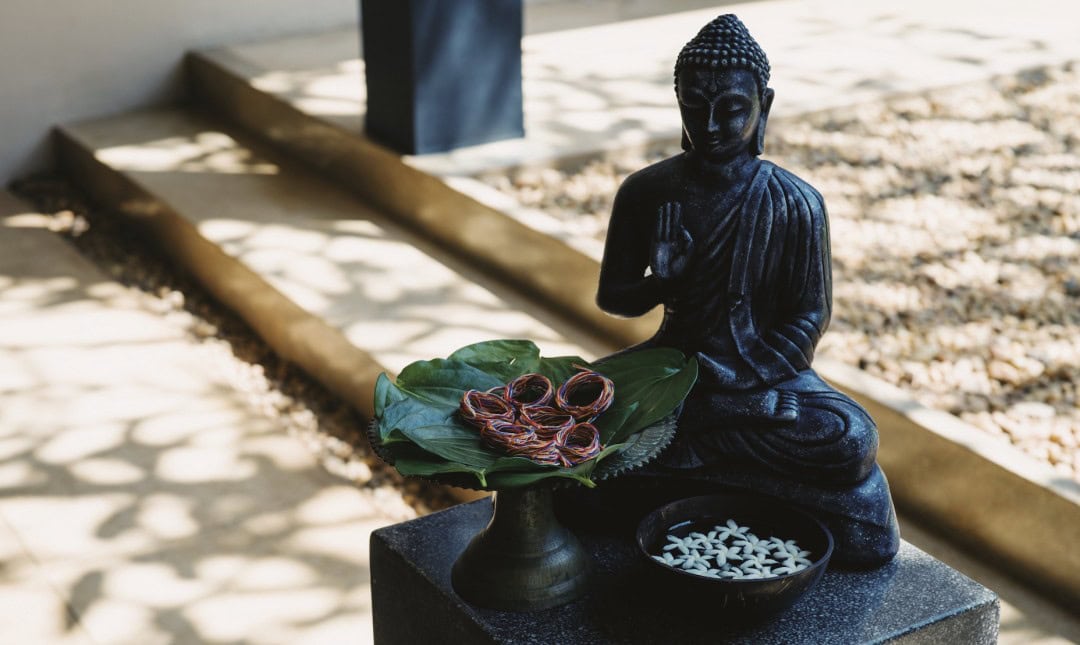
The spacious 100 square meter villa is quite comfortable. The room features double-sided sliding wooden doors and glass doors, ensuring ample natural light and ventilation when opened wide. Amanwella, which opened in 2005, has been operating for almost 20 years. To be honest, I couldn’t feel it at all. I thought it had been opened for less than 5 years; it’s not an exaggeration that Amanwella is maintained excellently.
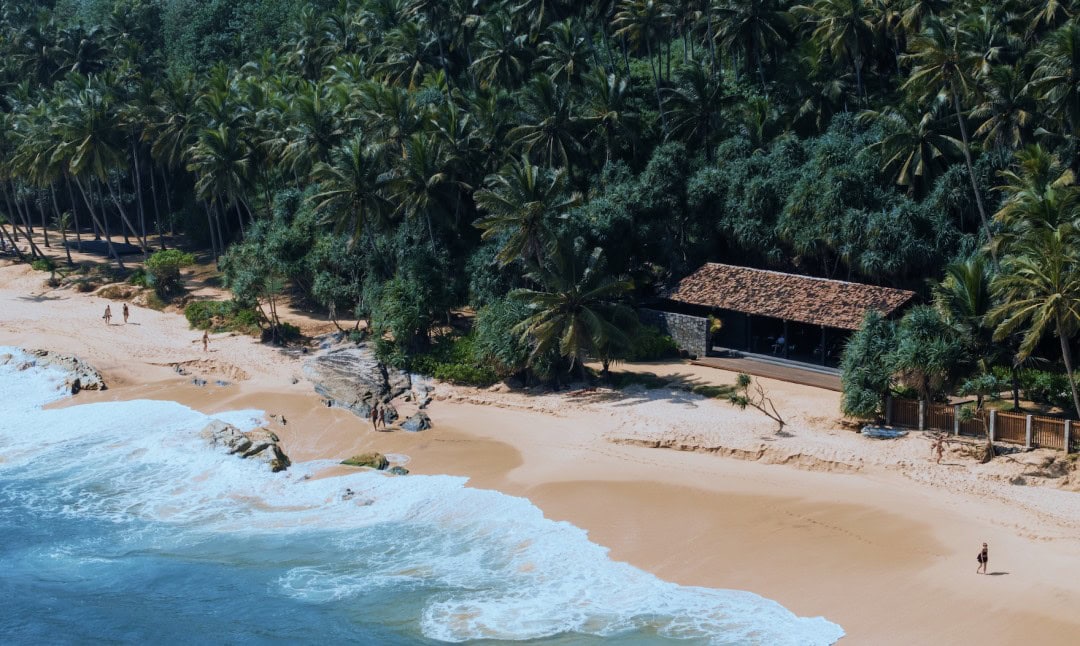
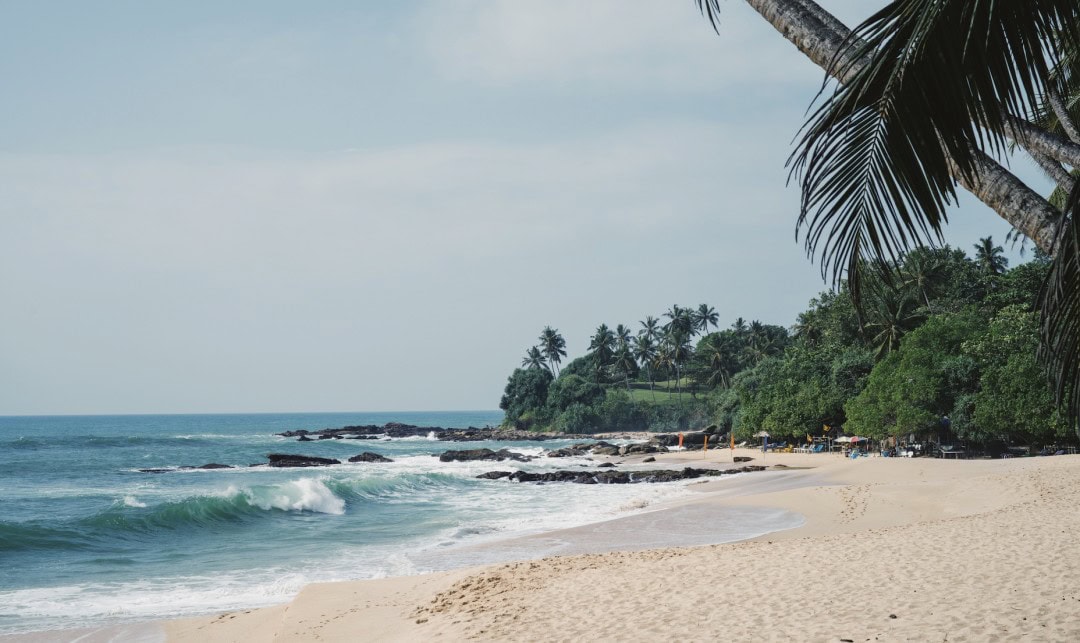
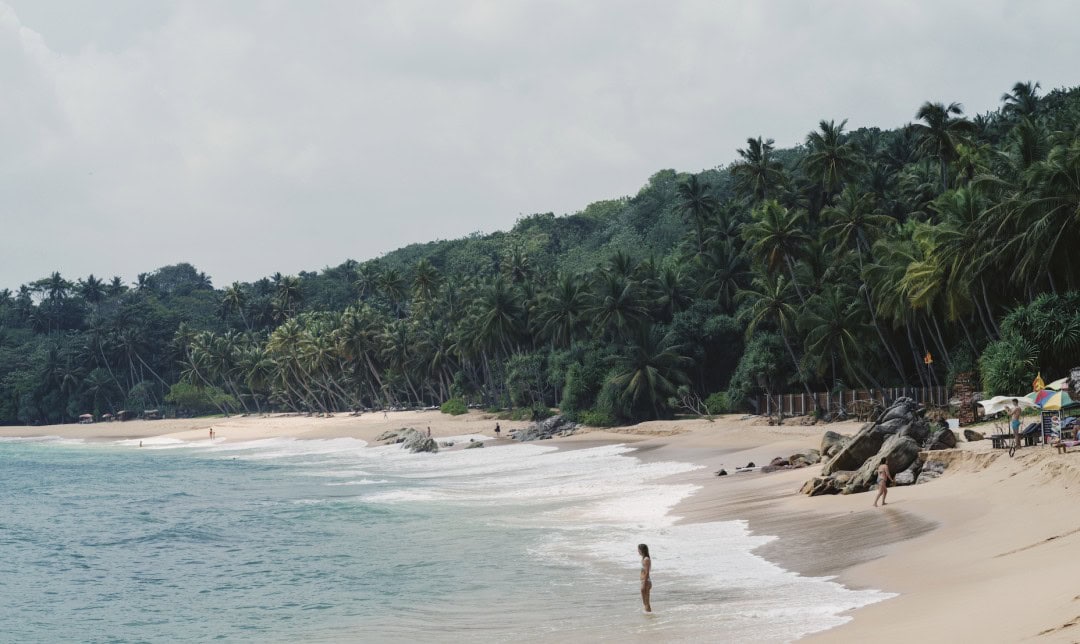
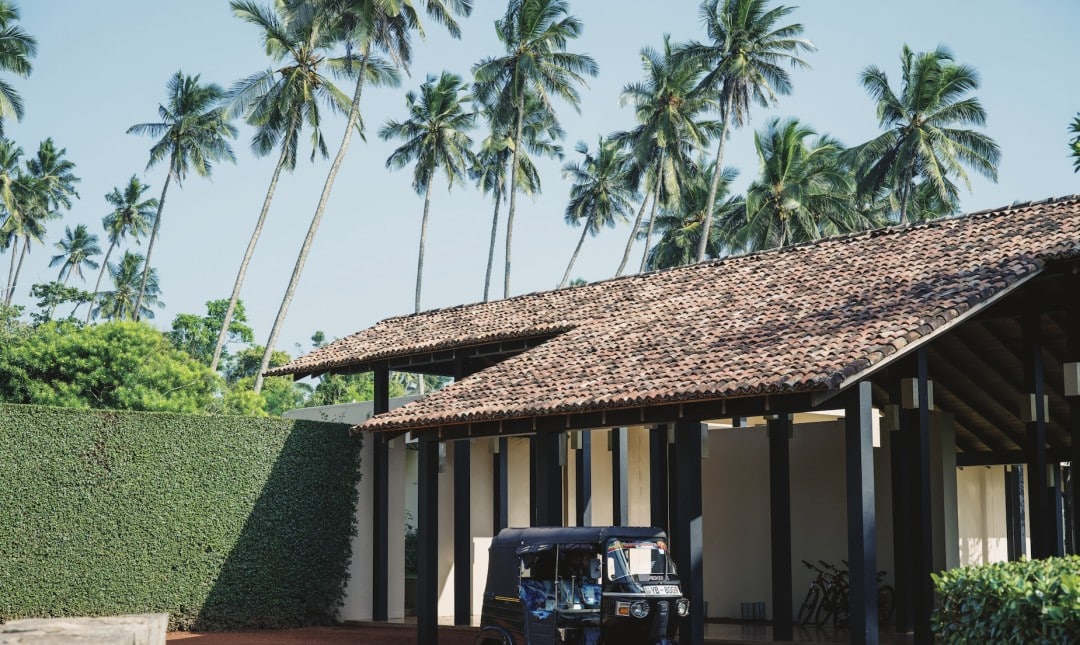
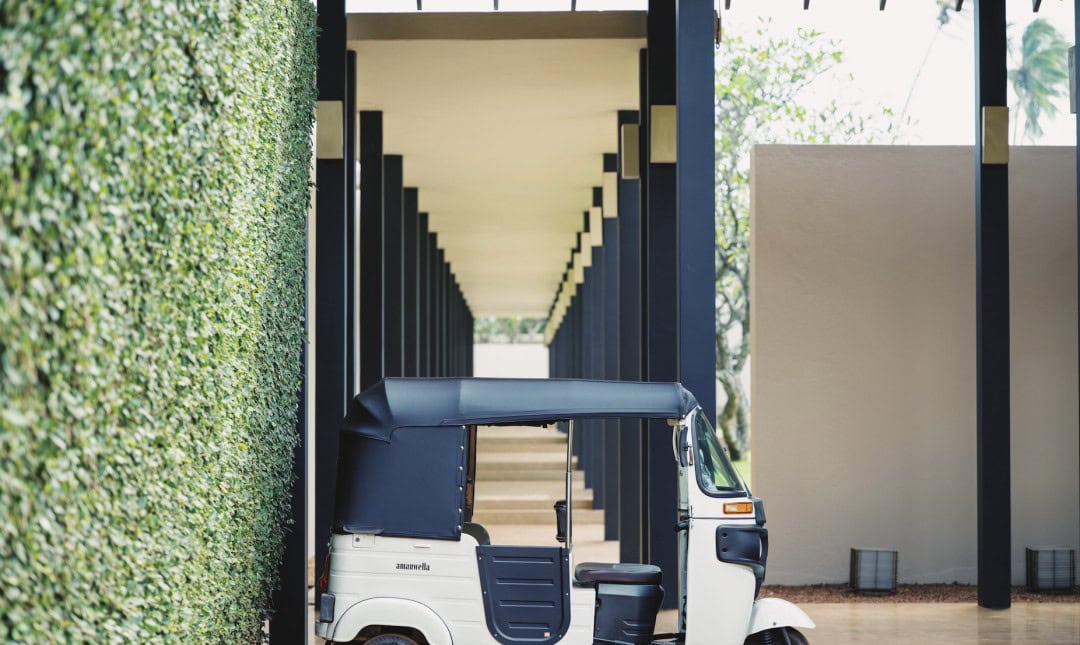
The room has a sea view and a comfortable large balcony.
The villa’s pool is not large, but it offers perfect privacy.
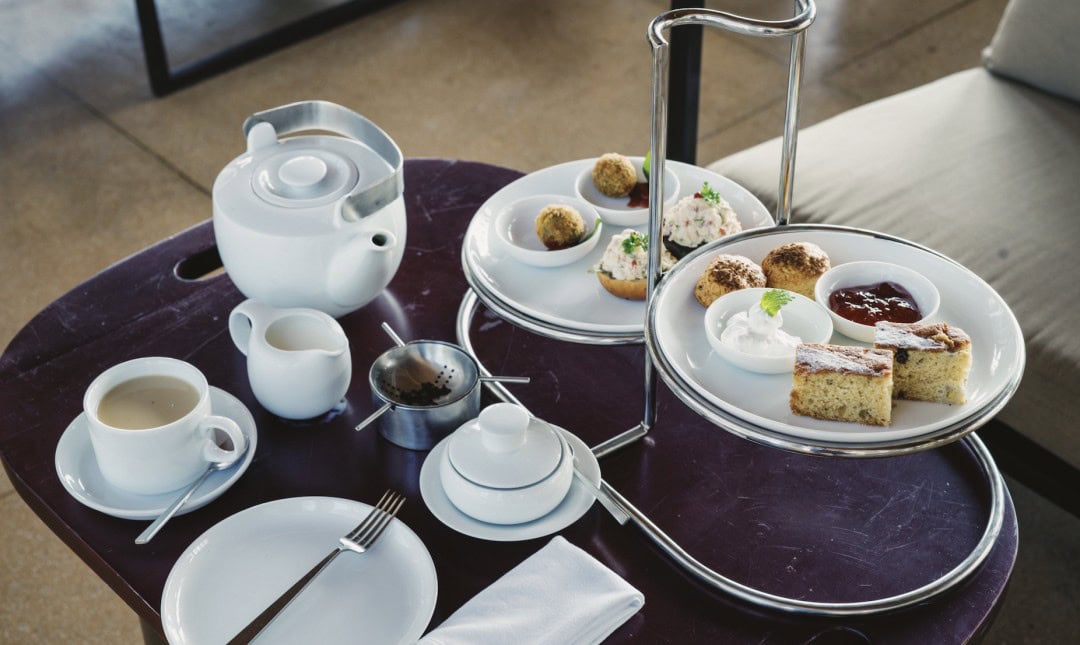
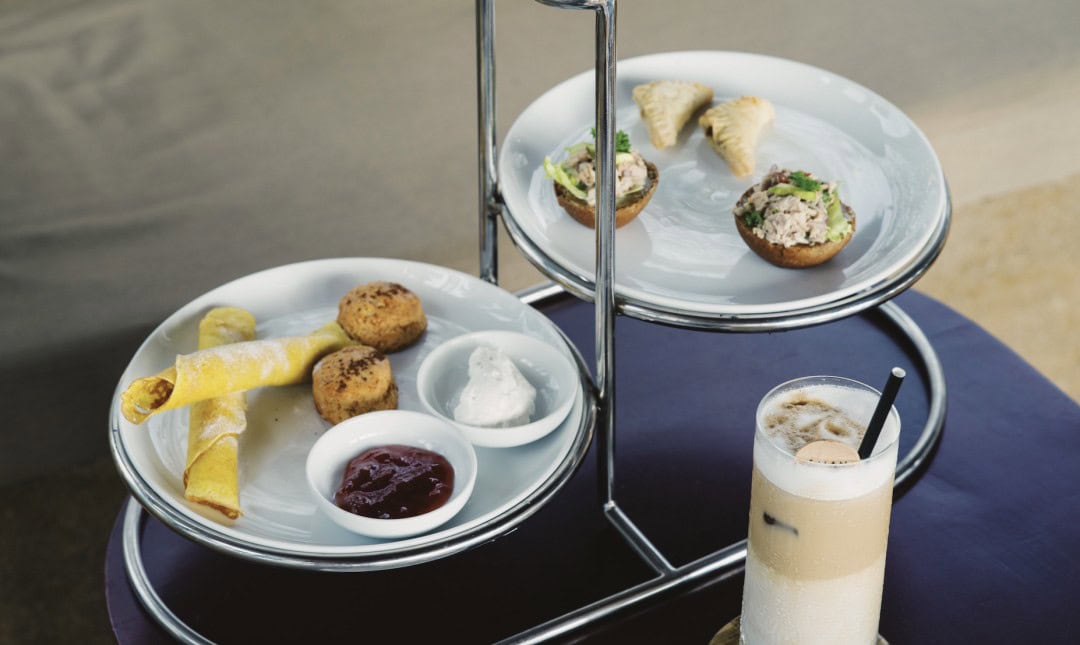
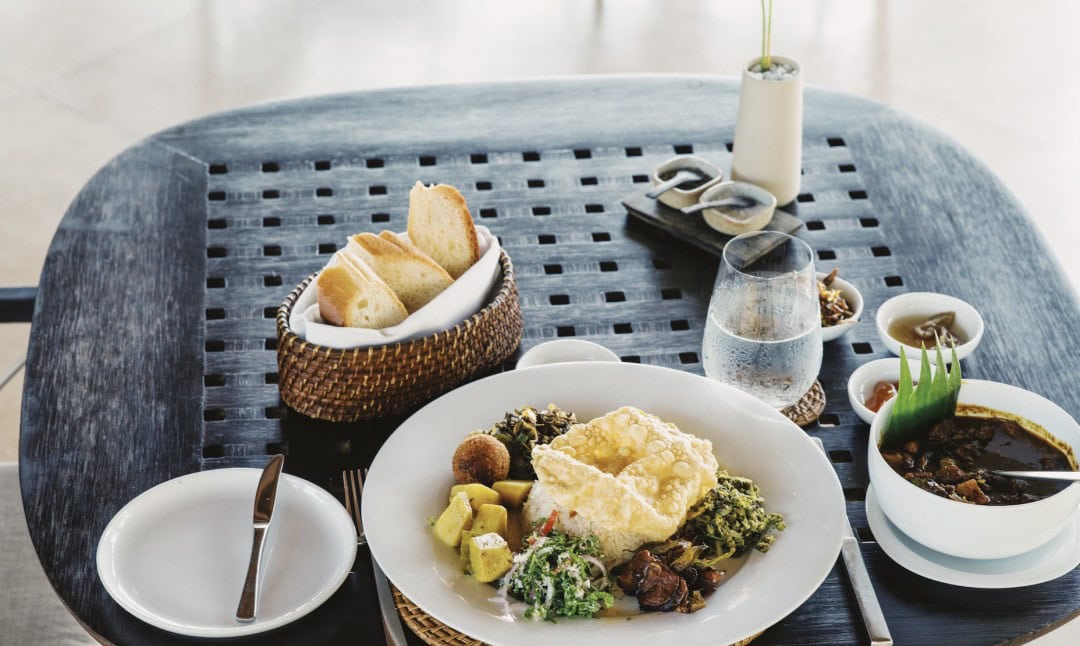
The attention to detail in the room showcases Amanwella’s dedication.
The nightly turn-down gifts vary; one day it was Ceylon tea, and another day it was a wooden plate, both of which I took home.
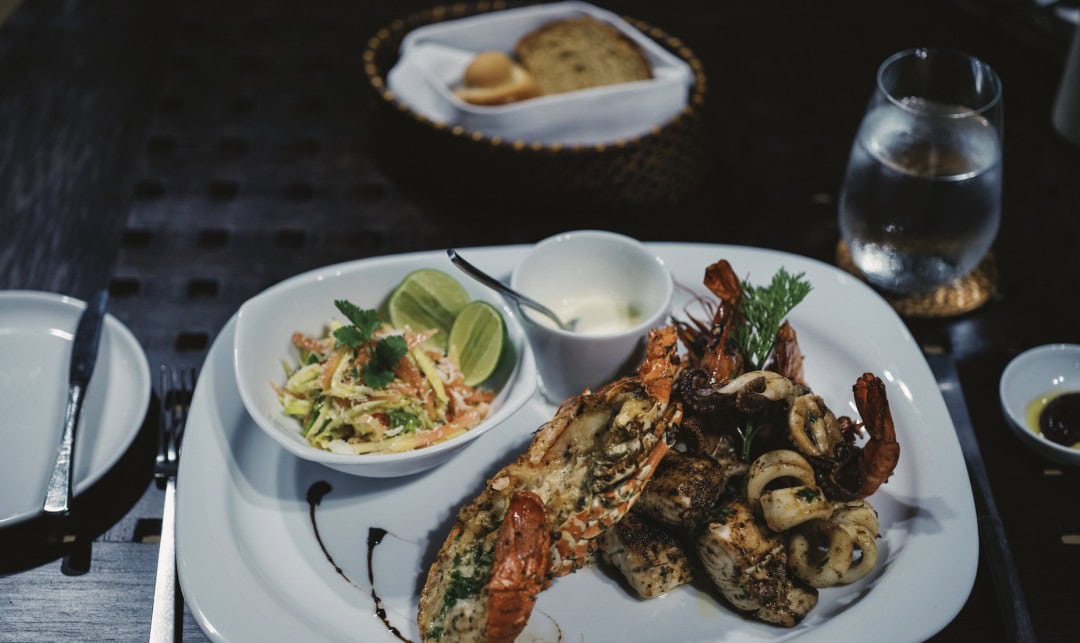
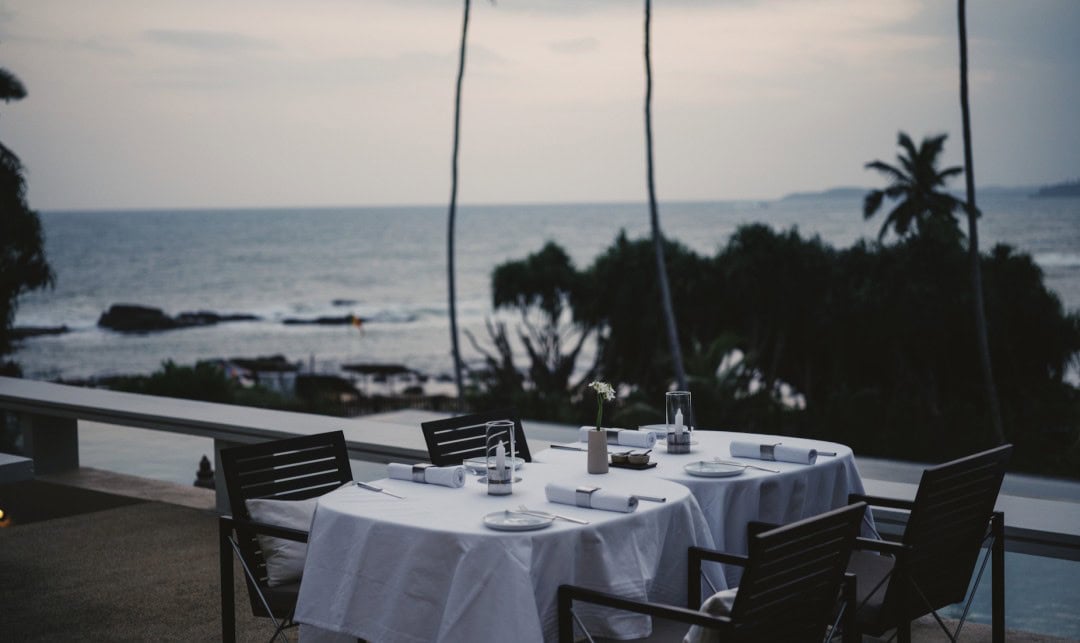
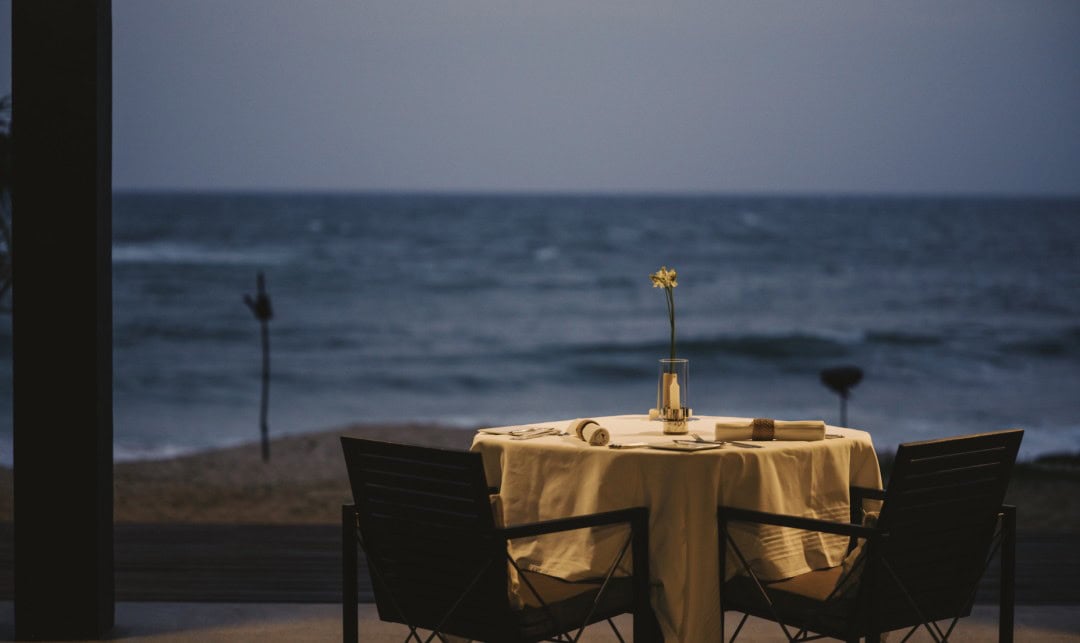
Amanwella has a ceremonial check-in experience; the butler ties a colorful cord, symbolizing good luck and fortune, while chanting blessings in the local Sinhalese language.
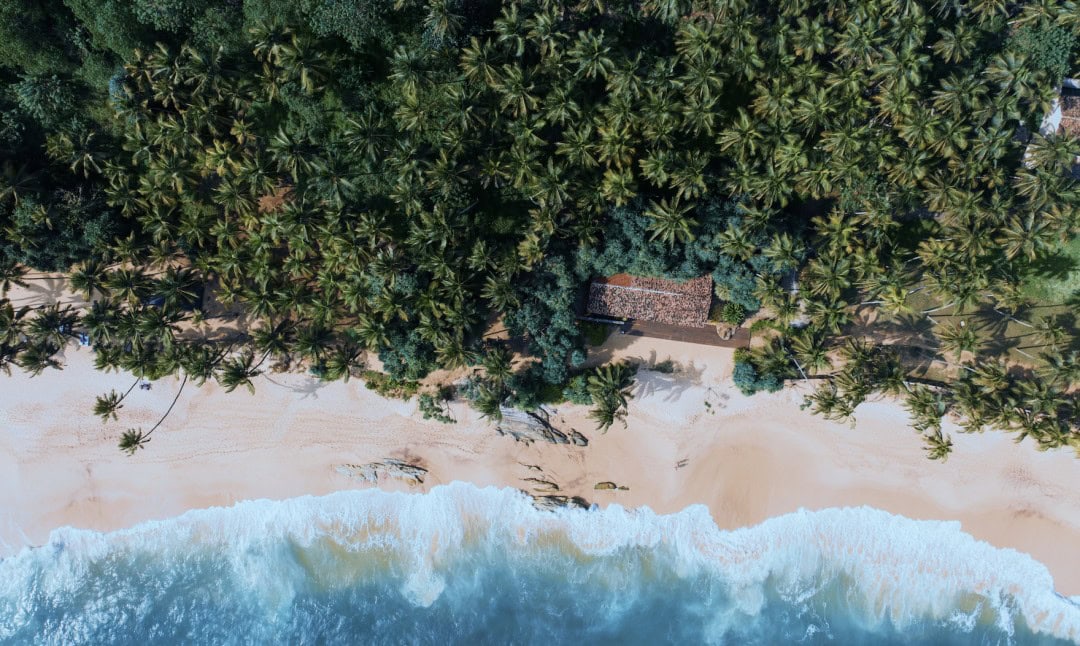
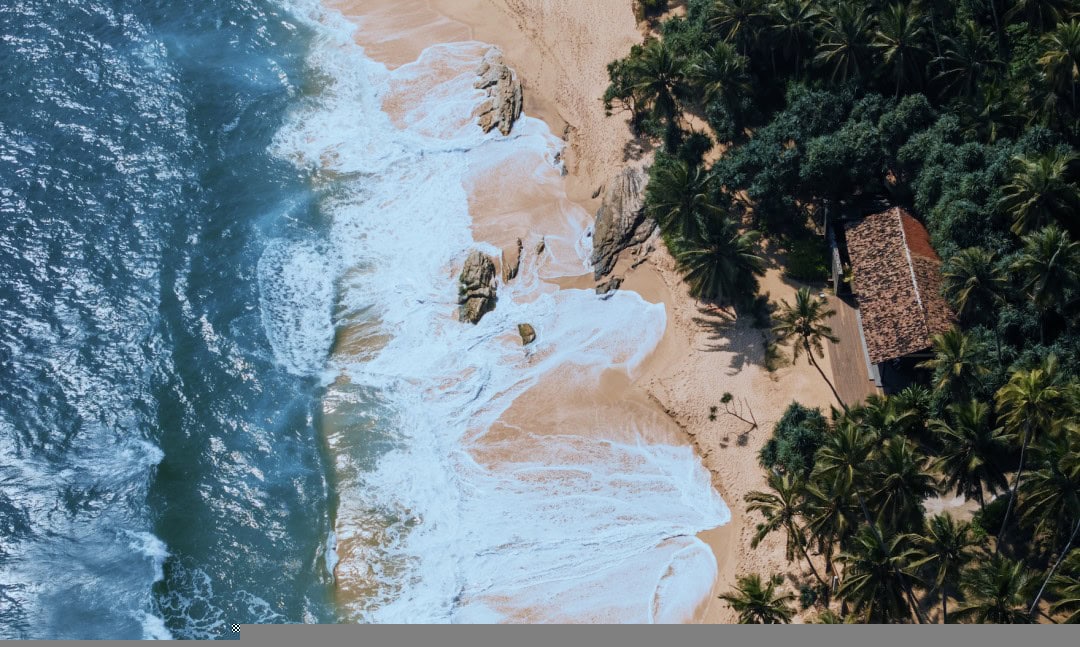
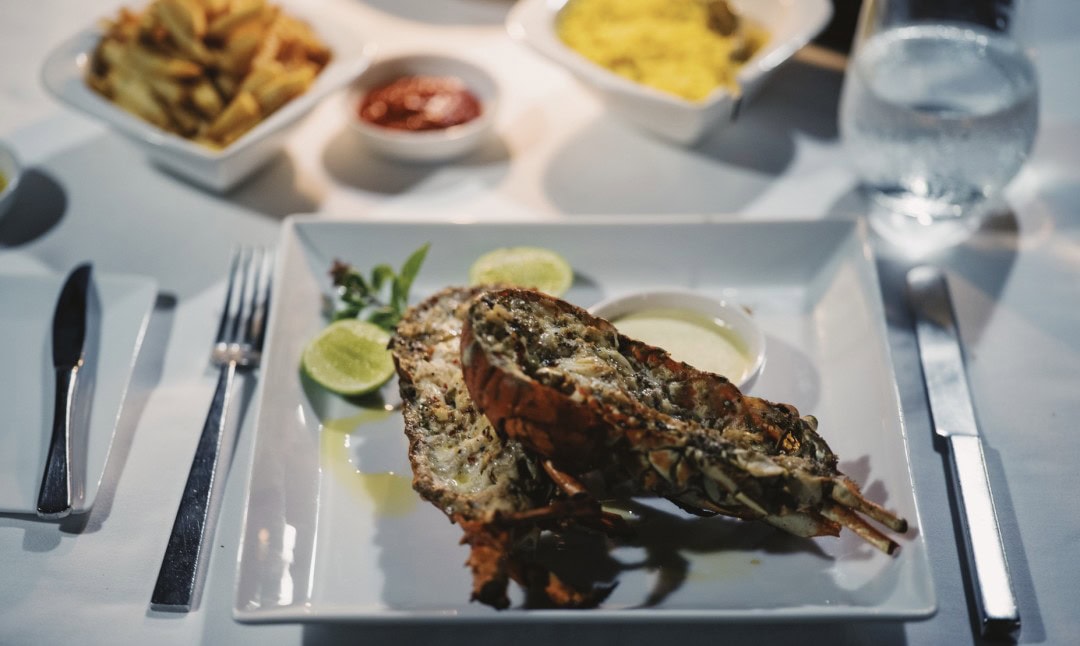
Amanwella boasts a beach with golden sands and easily accessible water.
Although Amanwella is small, coconut groves separate the public areas, requiring a Tuk Tuk for transportation between them. It’s quite interesting; Tuk Tuks are common “taxis” found in Sri Lanka’s streets, and their use for hotel transport adds to the local experience.
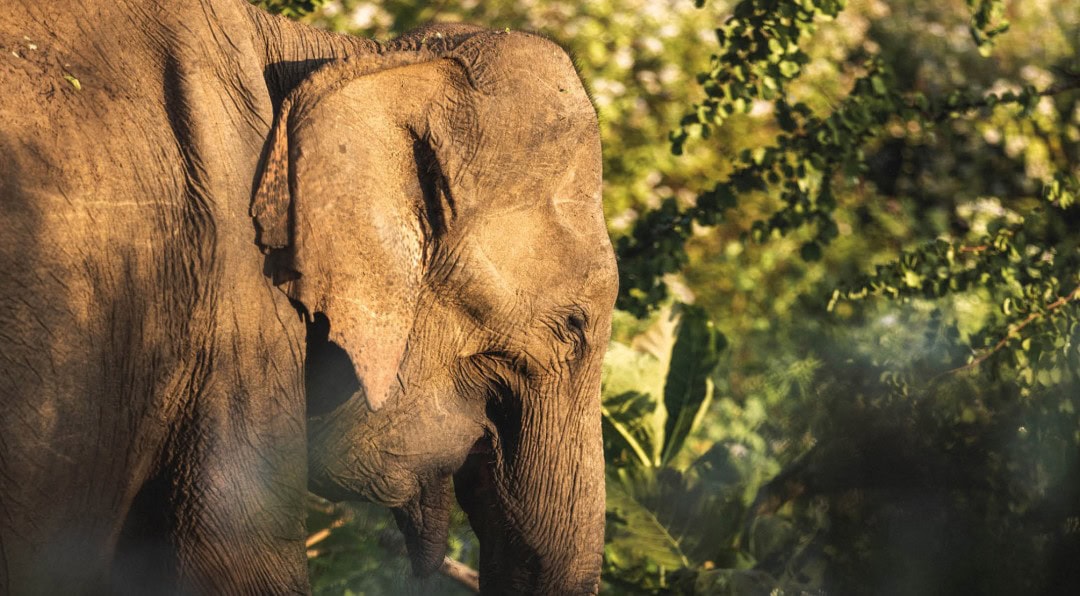
Now, let’s talk about dining. The most striking impression Sri Lanka left on me was how incredibly low the prices are for meals.
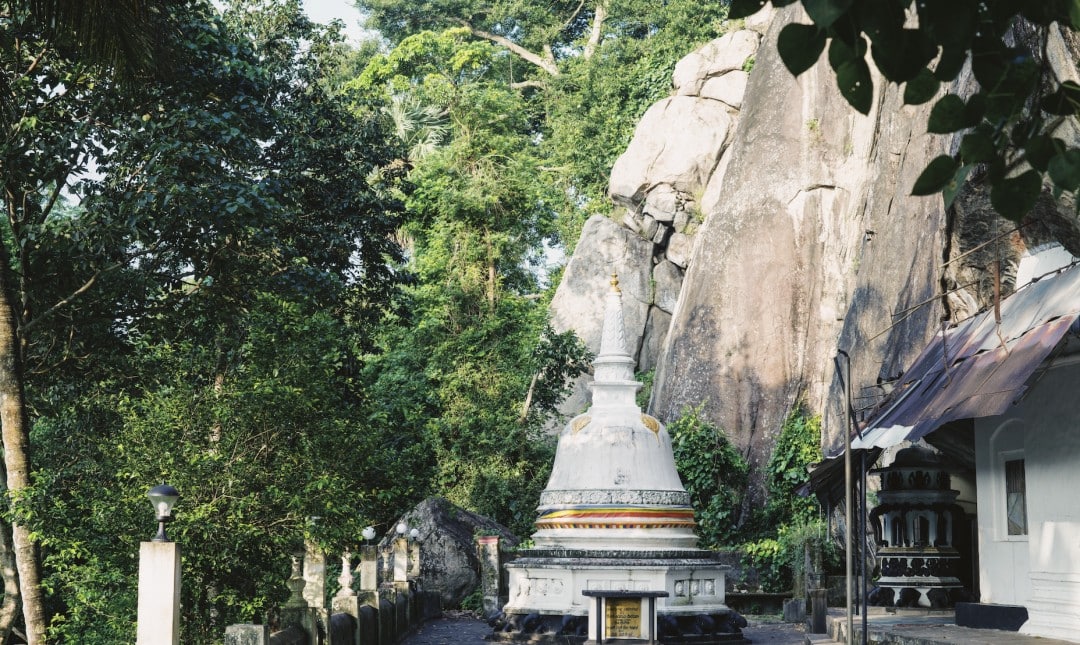
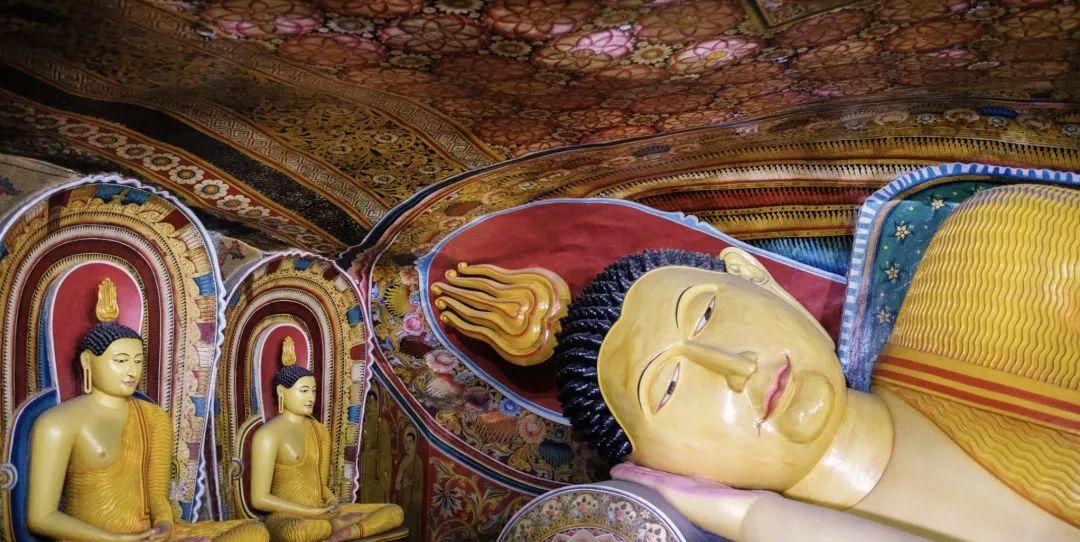
Even at Aman, the afternoon tea set pictured below costs less than 100 RMB, so I indulged two days in a row. Plus, it’s completely free for hotel guests.
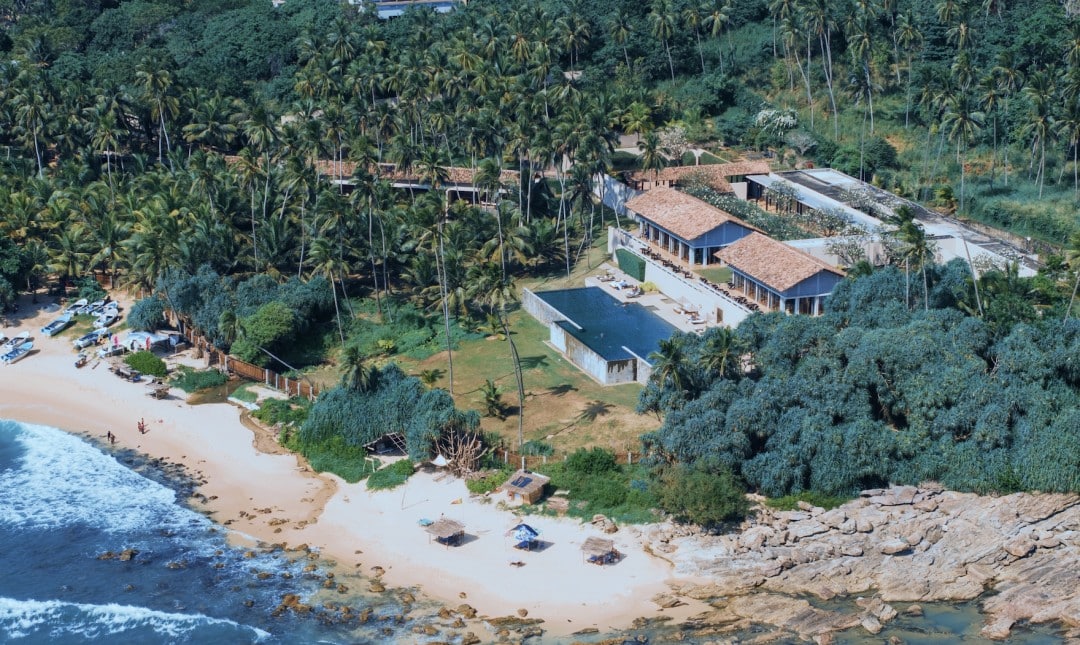
This was one of my lunch days, featuring a local-style curry rice dish, just a little over 100 RMB.
Seafood costs a bit more; for dinner, I had a lobster seafood platter, which was over 300 RMB. In Sri Lanka, beef and lamb are more expensive than seafood because they are primarily imported (the country has relatively high import taxes). Therefore, eating seafood or local dishes is particularly cost-effective.
This is still at Aman, making you imagine the price levels elsewhere.
The dining experience at Amanwella is also great, with oceanfront seating. The seaside breeze and romantic atmosphere envelop the night sky.
My favorite restaurant is the beach club, a small house by the beach. This setting is something only Aman could achieve, allowing one restaurant to dominate a section of the sea and bay.

Activities at Amanwella are plentiful, making it easy to relax. Amanwella offers numerous activities, the most characteristic being safaris. Within a drive of less than 1.5 hours from Amanwella, you can find two national parks. Uda Walawe National Park is famous for its herds of wild elephants, while Bundala Bird Sanctuary is a gathering place for migratory birds. If you drive a bit farther (two hours), you can go to Yala, known as the paradise for leopards. If you don’t go to Yala, you can easily schedule a safari right at Amanwella.
I spent half a day visiting the Mulgirigala ancient temple, climbing 533 steps to see the temples and caves. The Aman tour includes a driver, a butler, a guide, and myself; it was truly a respectful experience.

